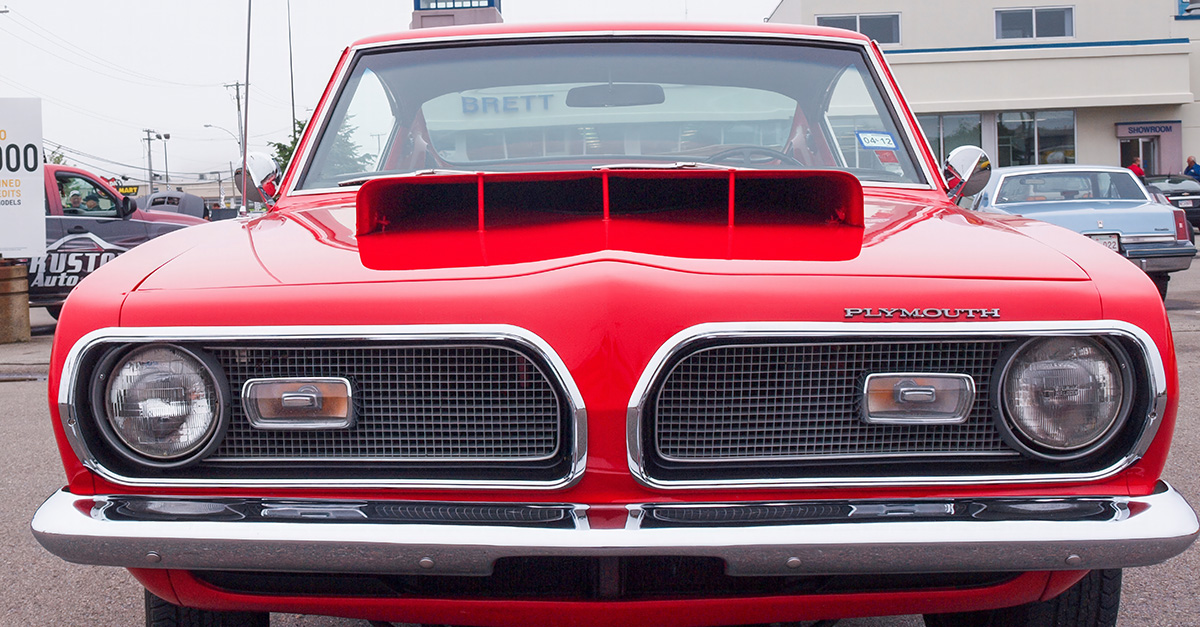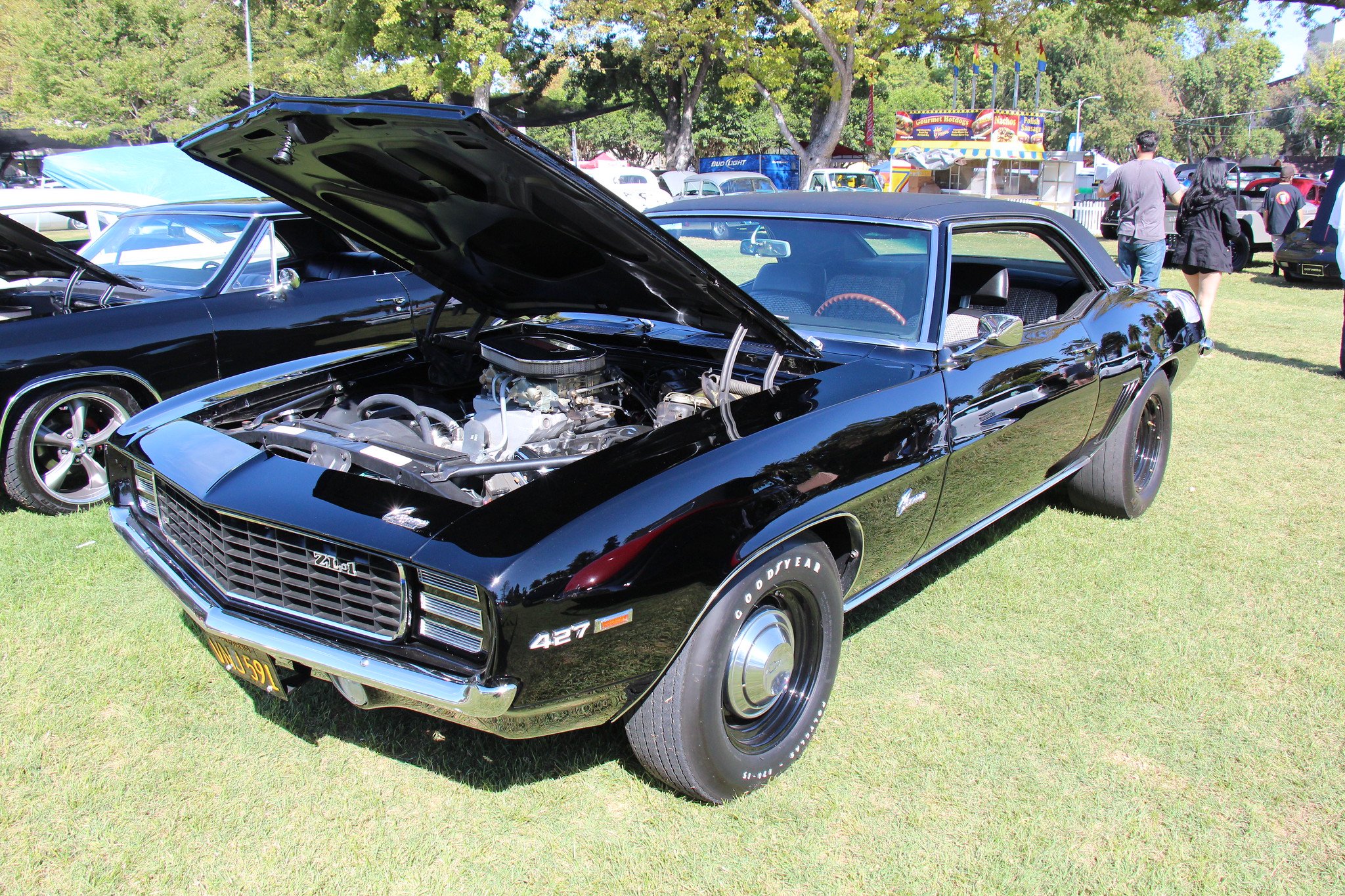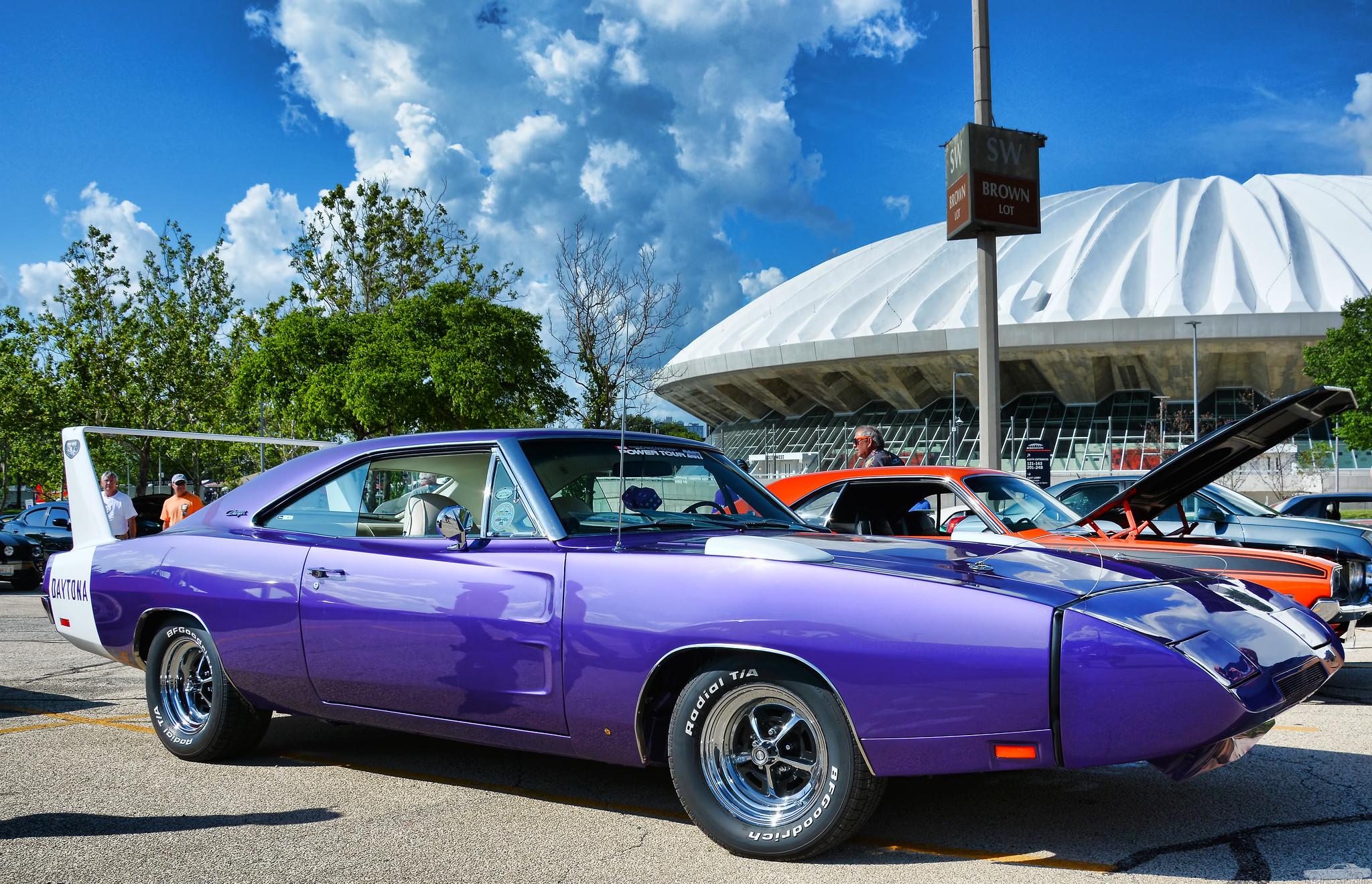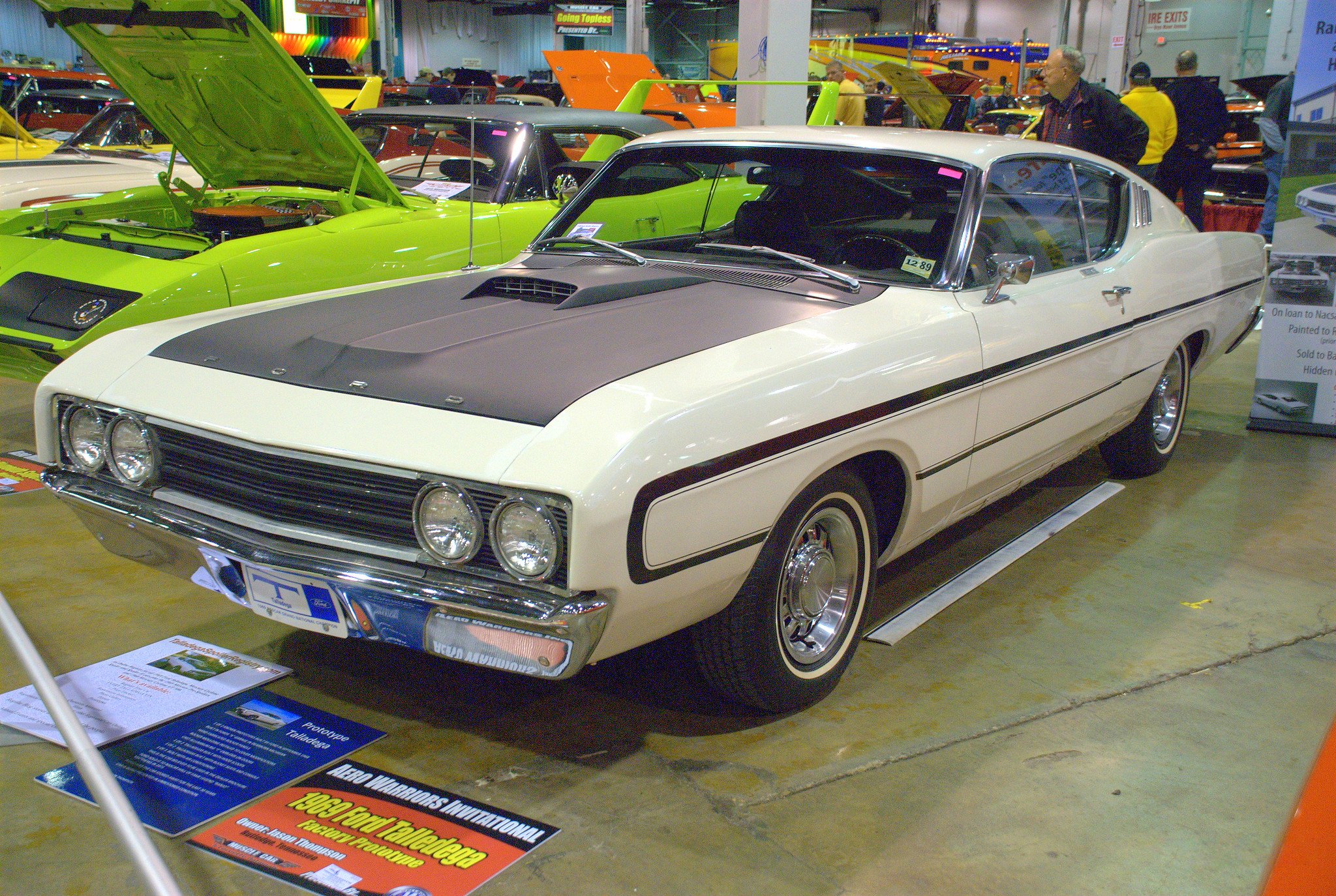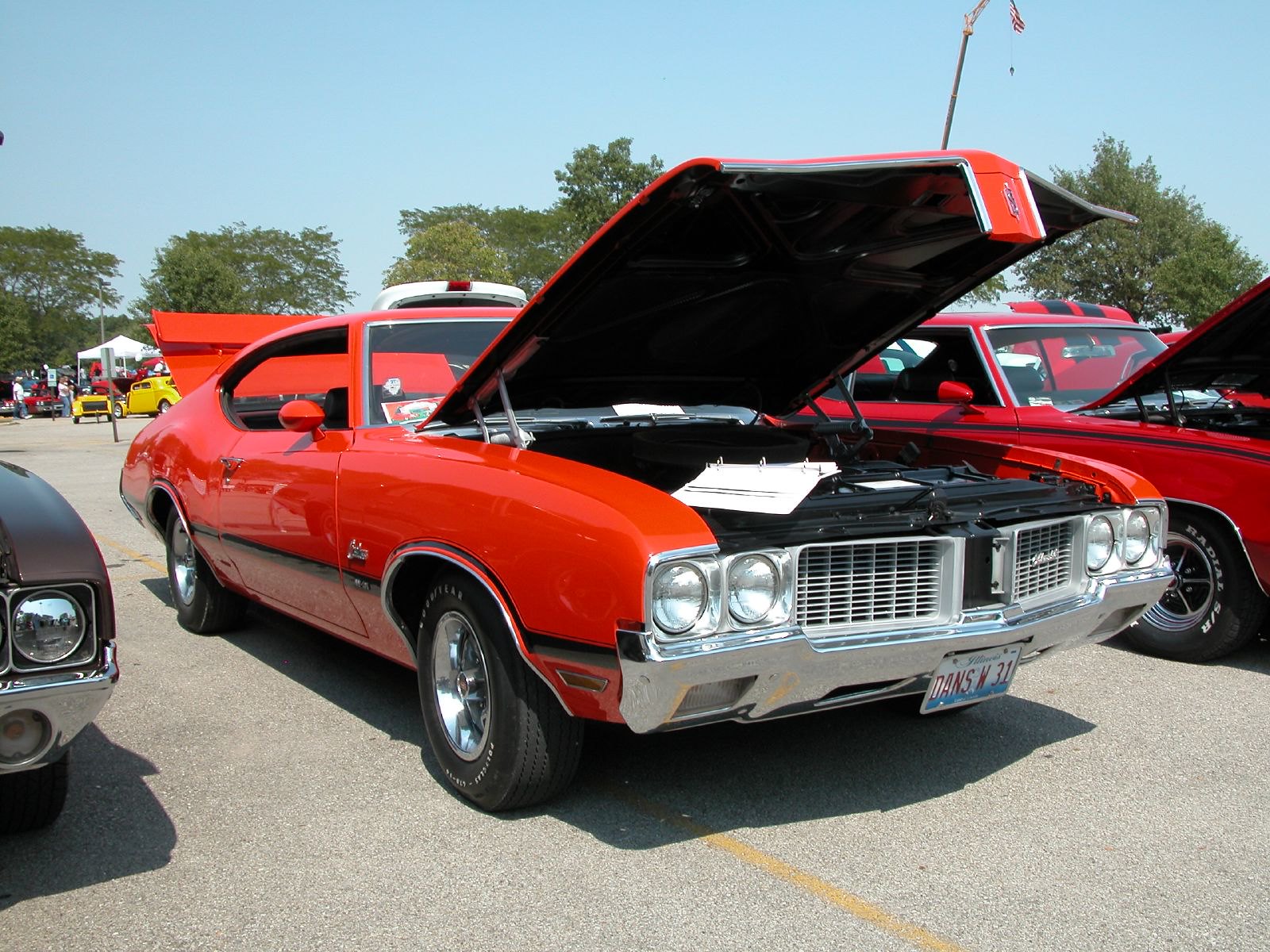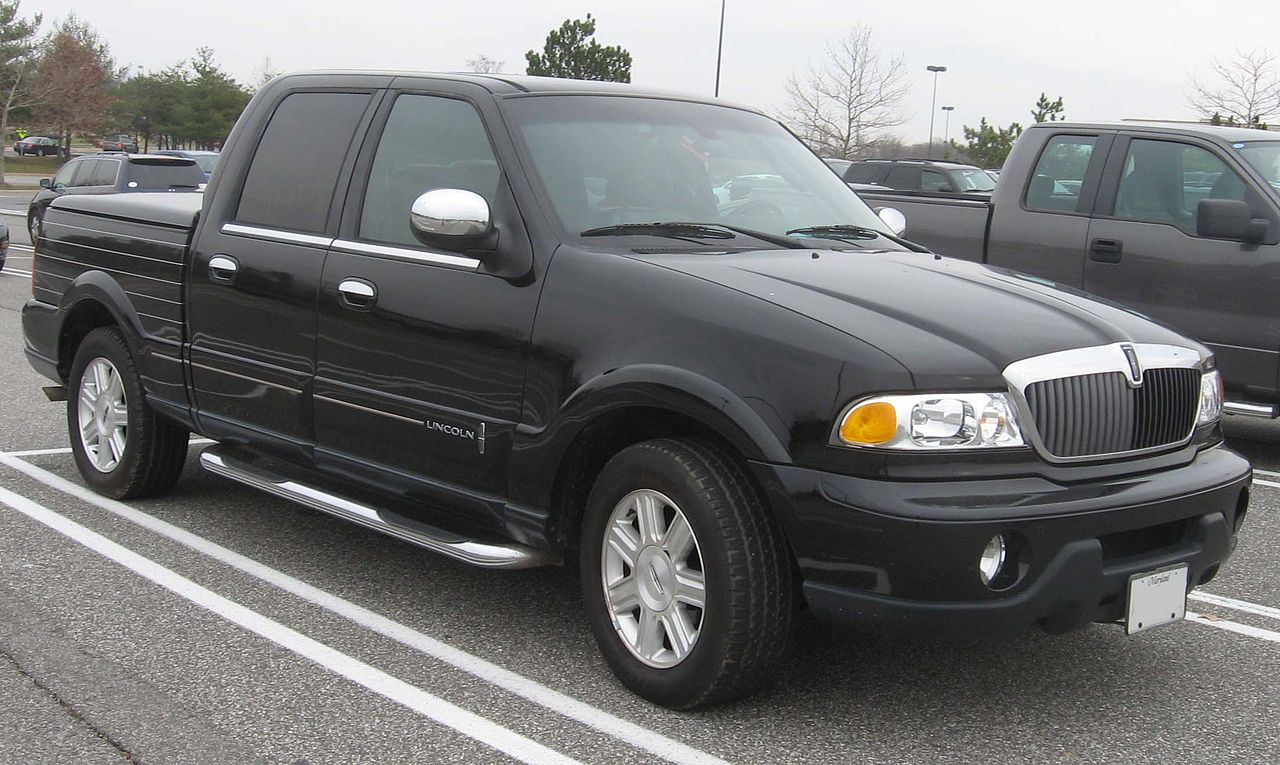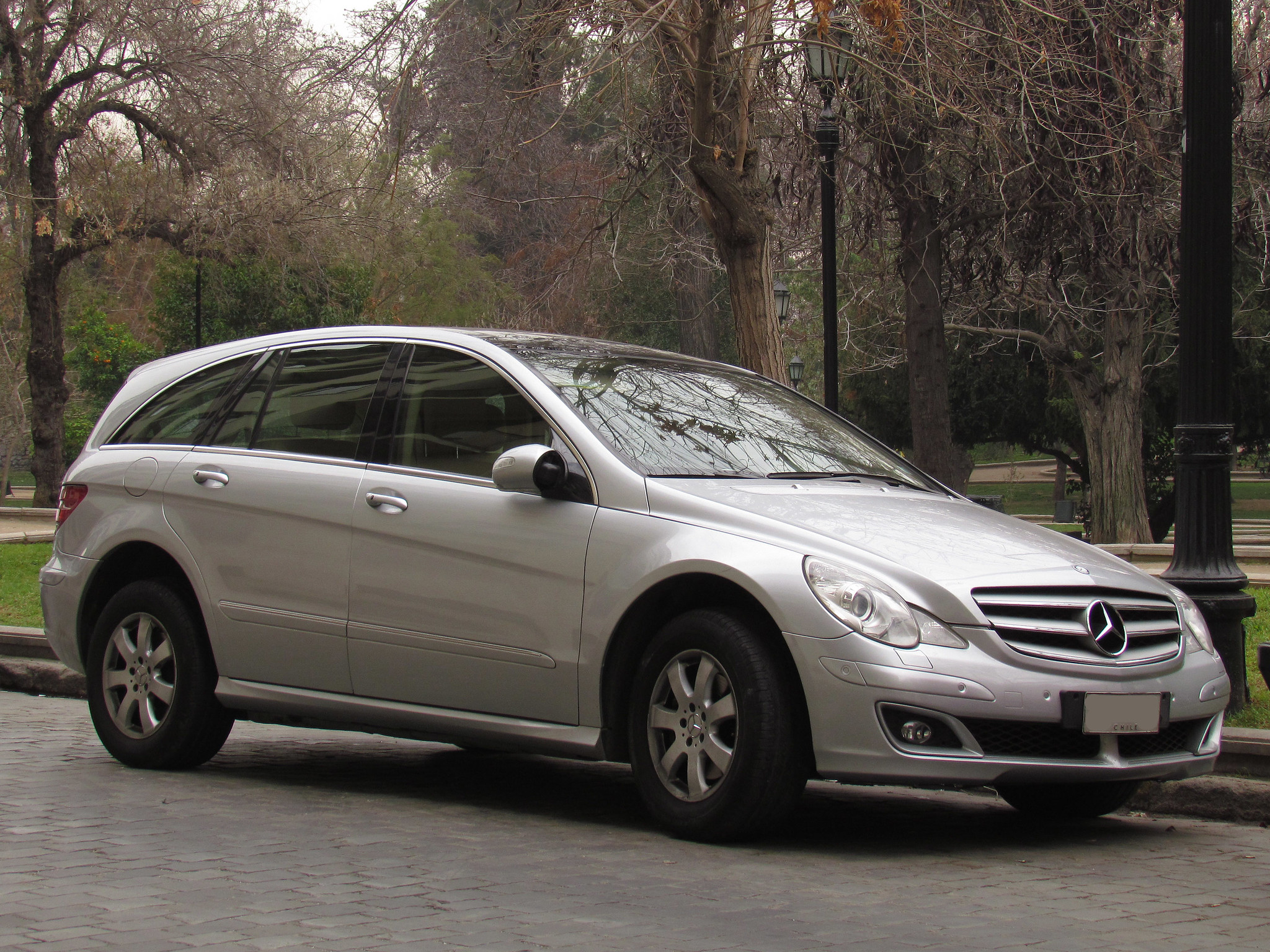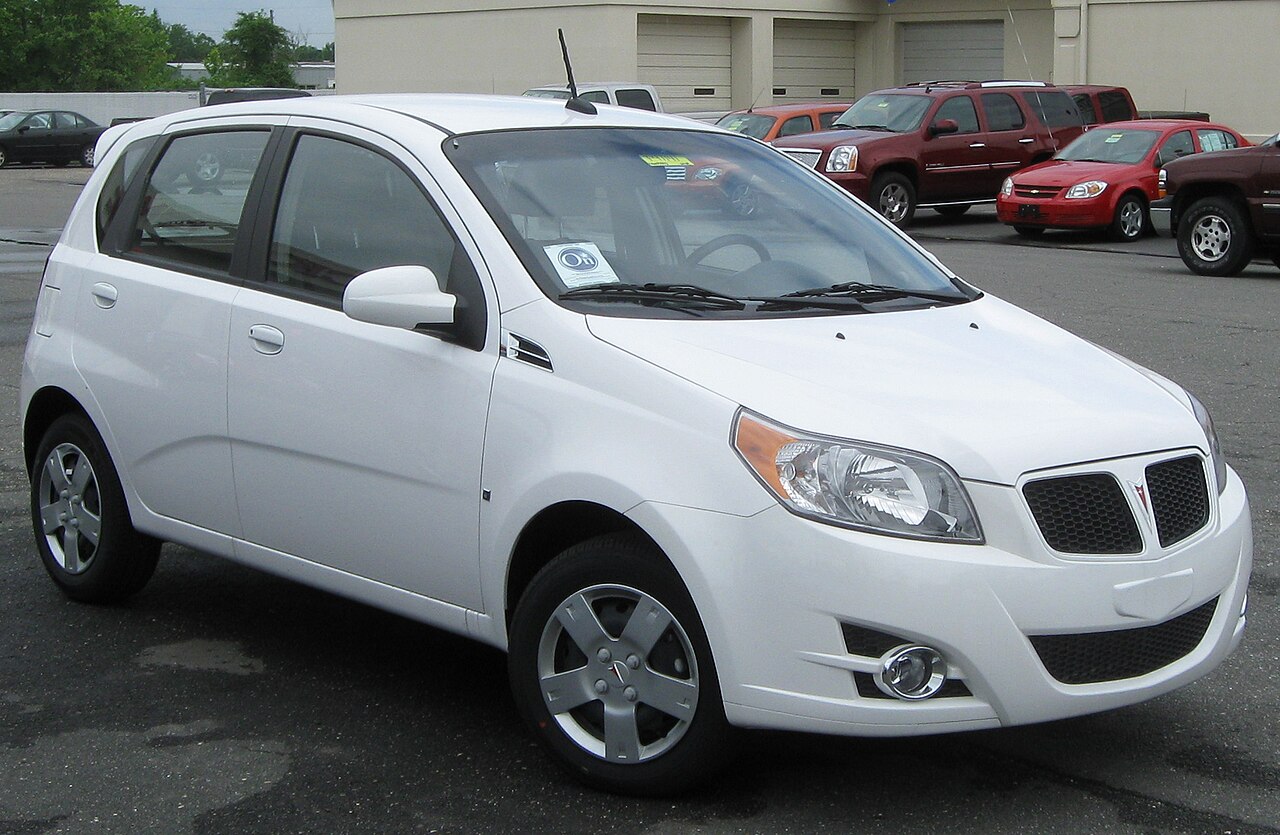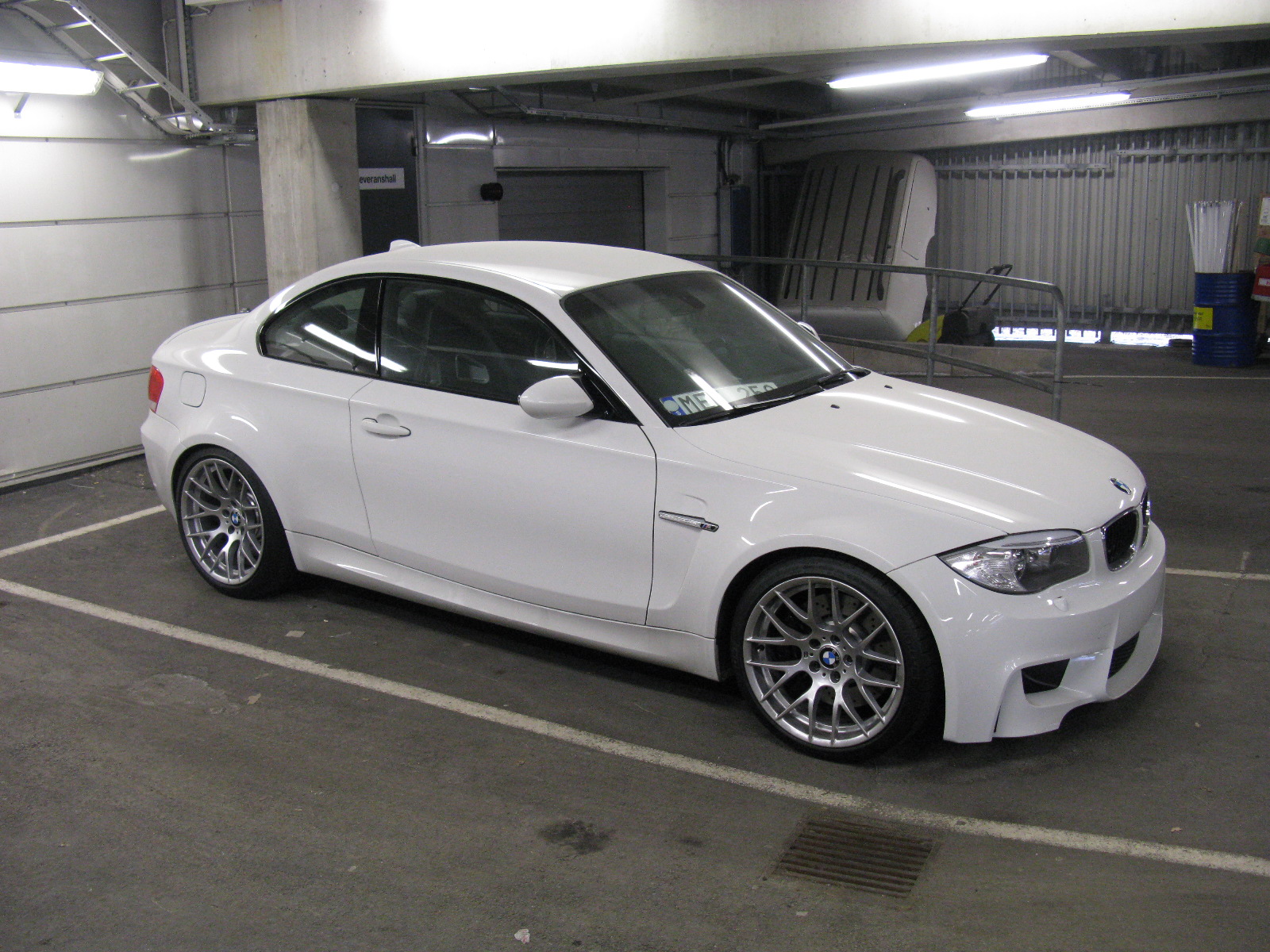These American Cars Were Only Produced For One Year
Some cars have fantastic longevity, well outlasting their original creators' lifespan and even the predictions of car enthusiasts and automakers themselves. Unfortunately, not all cars are like that. These vehicles didn't spend long on the roads at all. Some were recalled almost immediately for safety reasons, others just didn't connect with buyers and were deemed failures.
Here are some cars of the past with the shortest production runs in history.
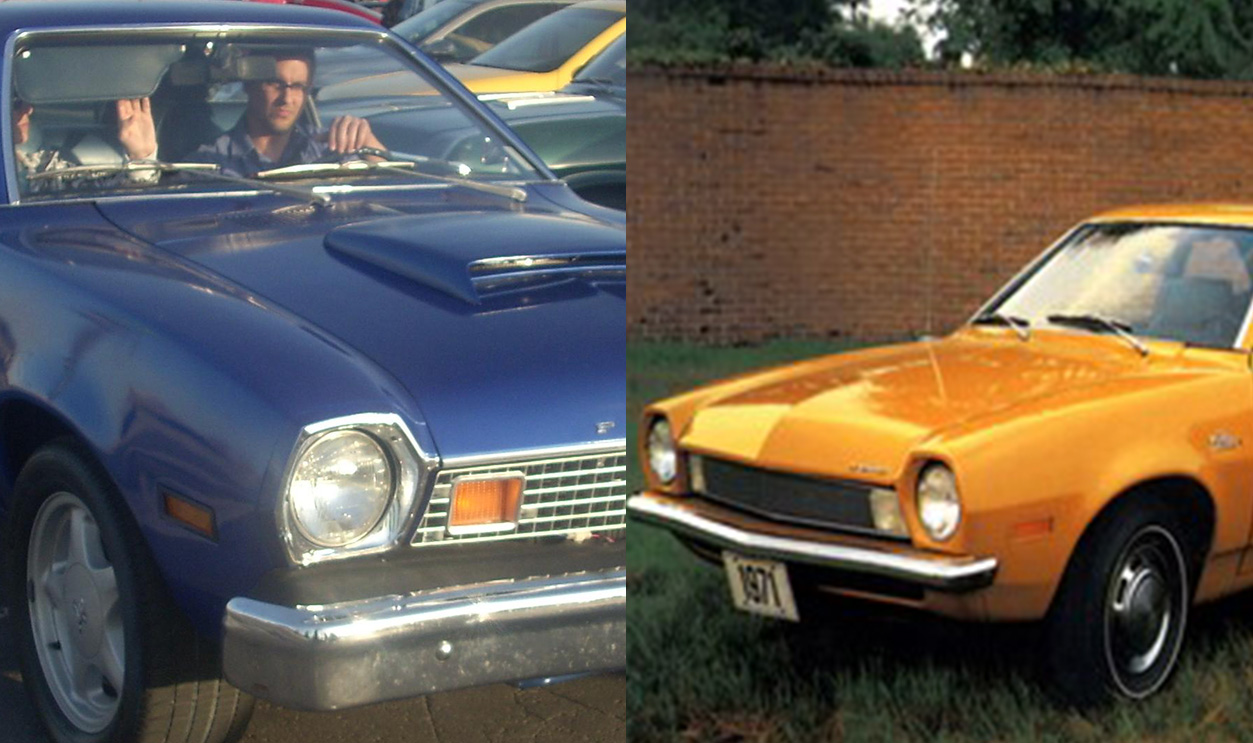
2021 McLaren Elva
The McLaren Elva is a British supercar that could do it all—except sell on the American market. With a top speed of 203 mph and going from 0-60 in just 2.8 seconds, you'd need to drive in a straight line with haste to make it worth your while. Oh, and it was a $1.7 million car. It was on sale for just one year in the United States. Ouch.
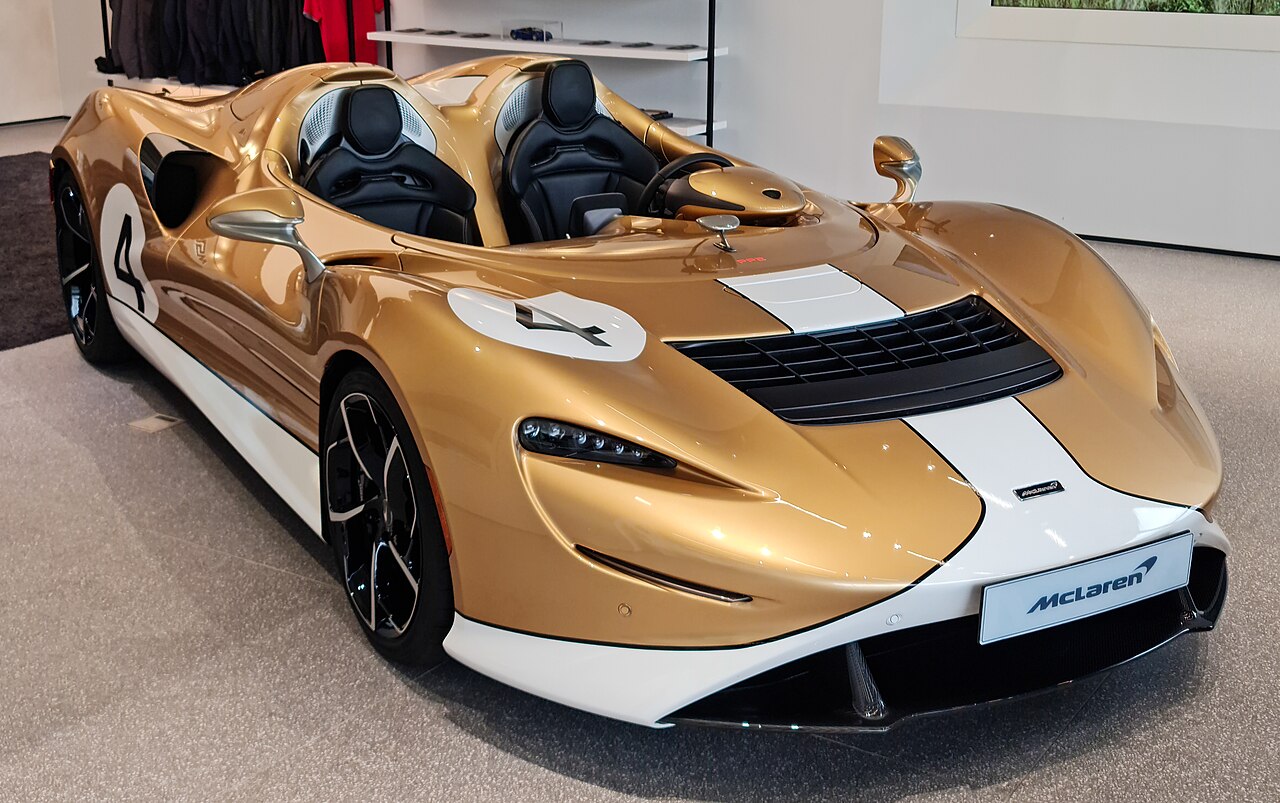 Liam Walker, CC BY-SA 4.0,Wikimedia Commons
Liam Walker, CC BY-SA 4.0,Wikimedia Commons
1955 Chrysler C300
Back in 1955, Chrysler developed a sedan-style C300. With a top speed of 155 mph, it pushed out 300 horsepower from a 5.4L V8 and was sold as Chrysler's segue to NASCAR racing. Unfortunately, it was only produced for one year and only 1,725 were built.
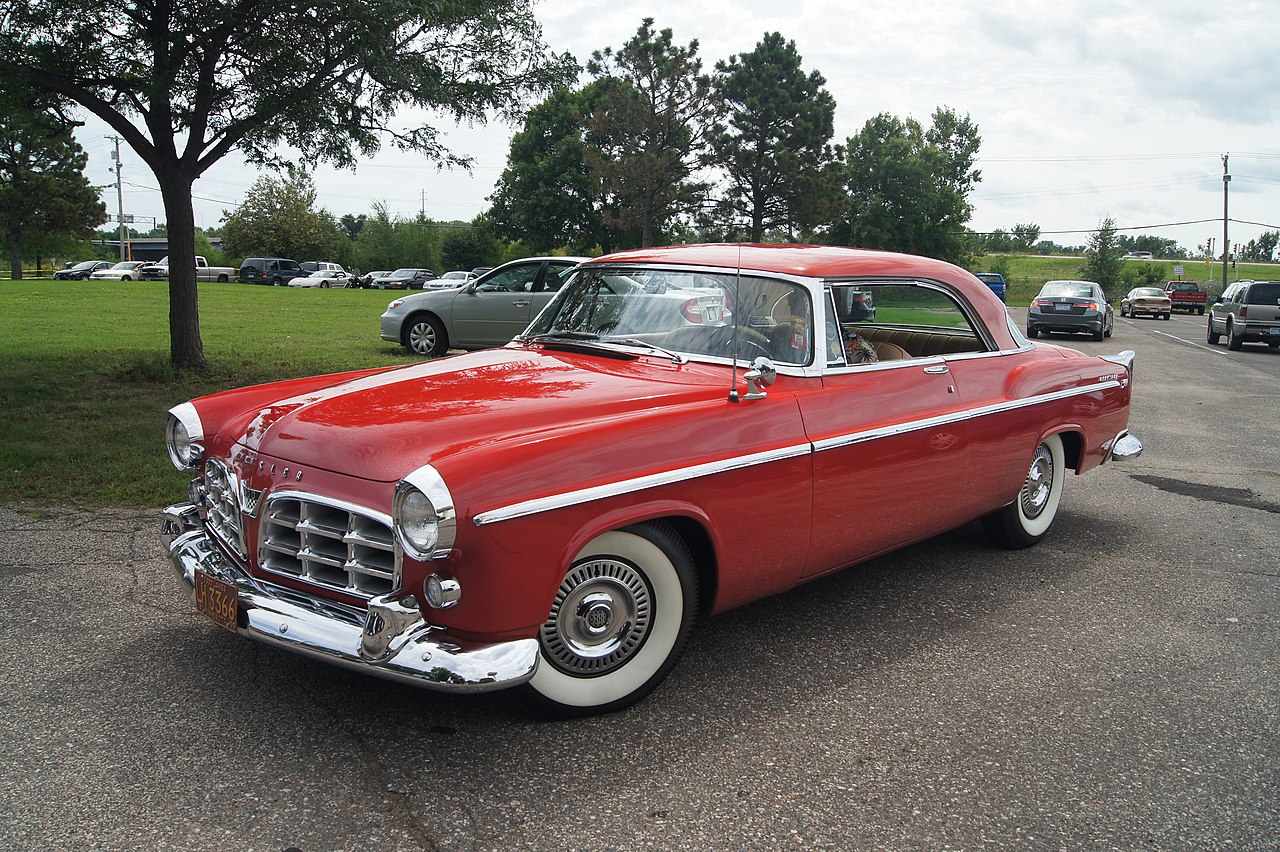 Greg Gjerdingen, CC BY 2.0, Wikimedia Commons
Greg Gjerdingen, CC BY 2.0, Wikimedia Commons
1963 Chevrolet Corvette Stingray Z06
The Chevrolet Corvette Stingray Z06 is the OG model of the Corvettes we know and love today, and was part-road, part-racecar right out of the showroom. It pulled 360 horsepower from a fuel-injected V8 engine, offered as both a coupe and convertible. The original Z06 was only sold for one year with a spectacular floppy sales figure of 199 units sold.
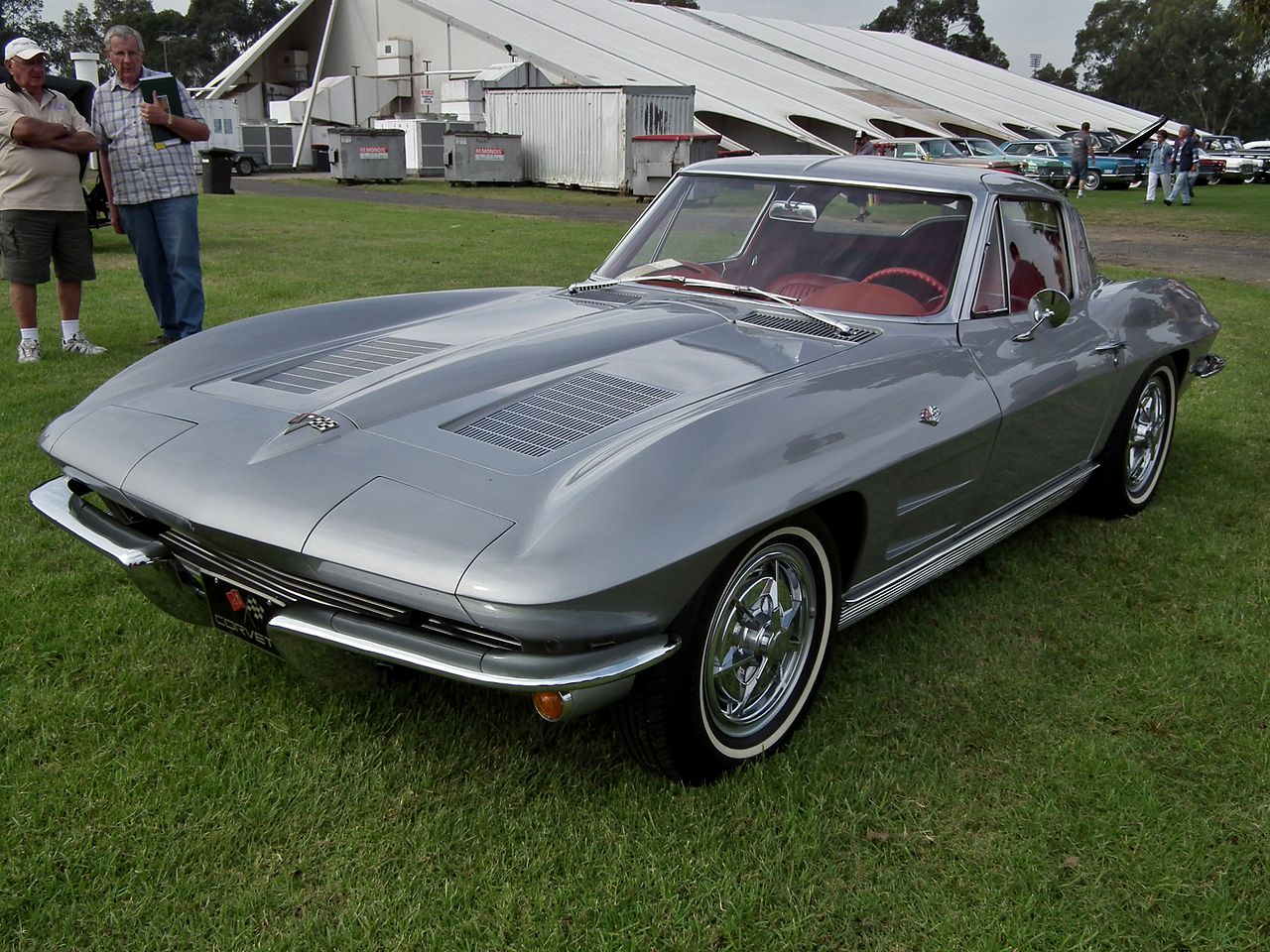 sv1ambo, CC BY 2.0, Wikimedia Commons
sv1ambo, CC BY 2.0, Wikimedia Commons
1964 Ford Fairlane Thunderbolt
Ford went all-in on the Ford Fairlane Thunderbolt—making only 100 of them to compete in drag racing. Such was their confidence in the Fairlane Thunderbolt's ability to draw attention that they sold each of them for $1.00 (one dollar, that's right), to professional drag racers. Under the hood was a 7.0-liter V8 capable of producing nearly 600 horsepower.
It won the National Hot Rod Association Manufacturer's Cup for Ford and cemented them as a racing team. Gamble = paid off.
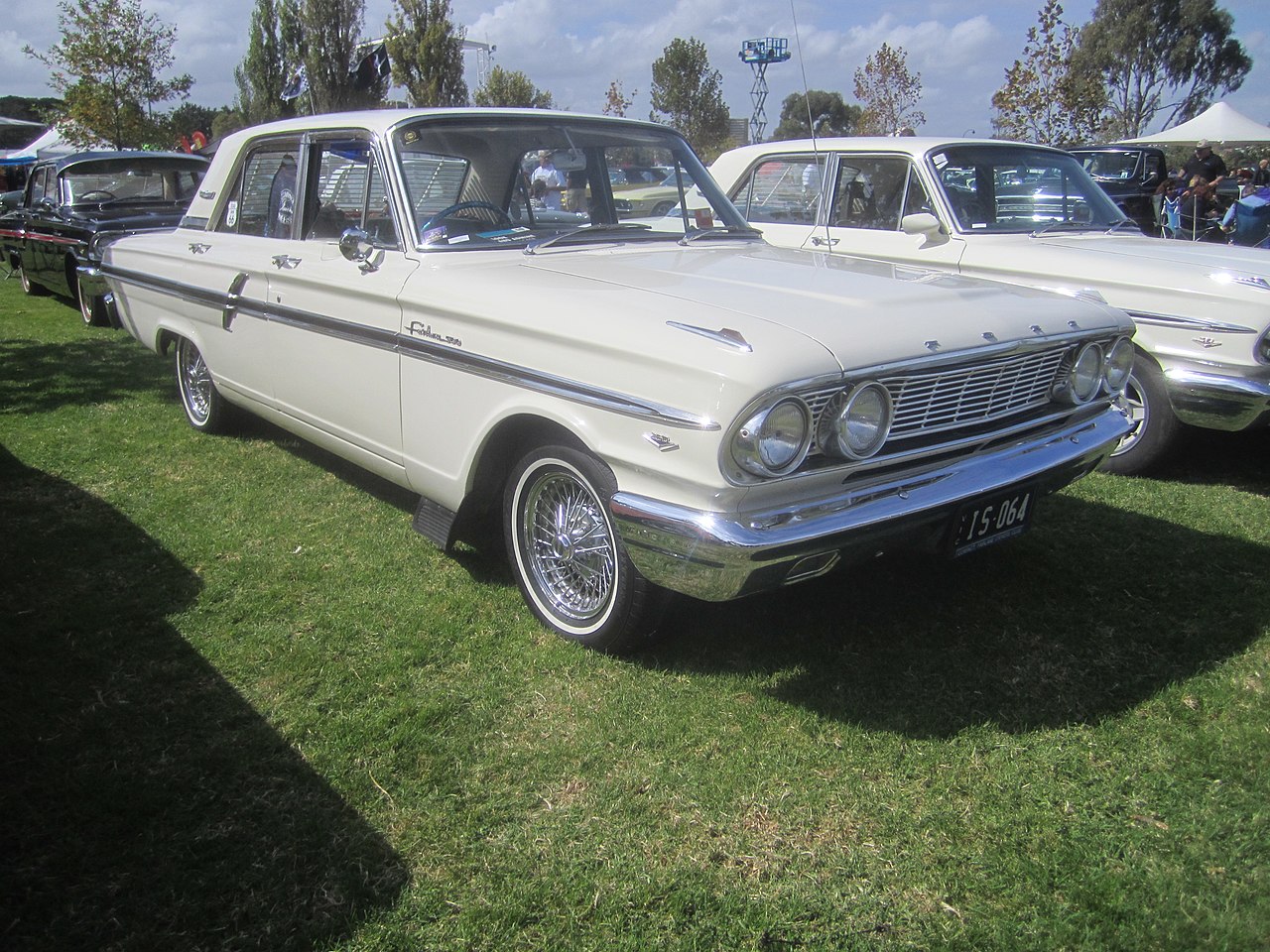 Sicnag, CC BY 2.0, Wikimedia Commons
Sicnag, CC BY 2.0, Wikimedia Commons
1965 Chevrolet Chevelle Z16
In 1965, Chevy produced the Chevelle Z16, a stock Chevelle in hardtop form with a V8 engine producing 375 horses. Oh, and there was also one (only one) convertible unit of the Z16—probably something of a collector's item by now. The cars were available in red, black, or yellow and only 200 were built.
But there was a slight problem: Chevrolet neglected to inform its dealer network of the existence of the Z16, thereby losing out on a massive portion of the American muscle car market. I mean, at least they sold all 200 of them.
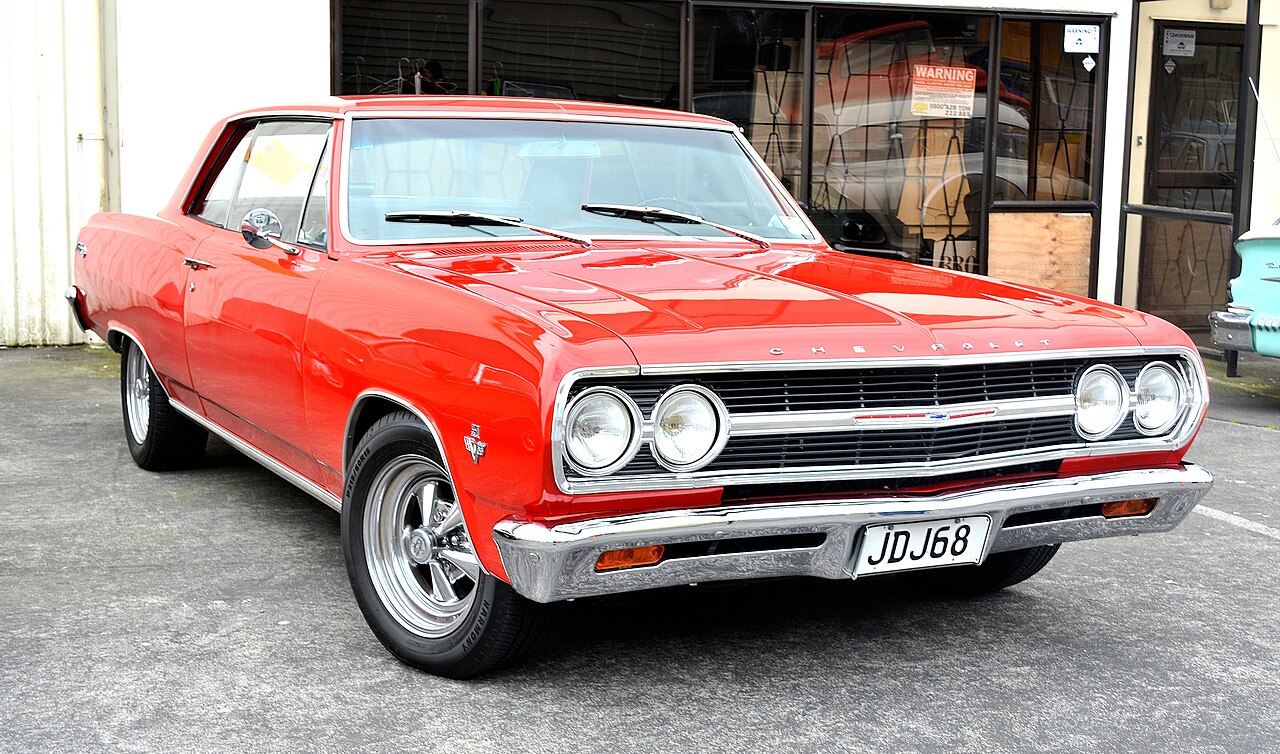 GPS 56, CC BY 2.0, Wikimedia Commons
GPS 56, CC BY 2.0, Wikimedia Commons
1965 Shelby GT50R
Ford's Shelby Mustangs were the stuff of legend by 1965. So, when they produced a vehicle that wasn't road-worthy, everyone scratched their heads. The 'R' in the GT50R stood for racing and as such Ford only produced a limited number. Each one had plexiglass windows, American Racing Wheels, and a hood scoop. Only 34 were sold during their singular year of production.
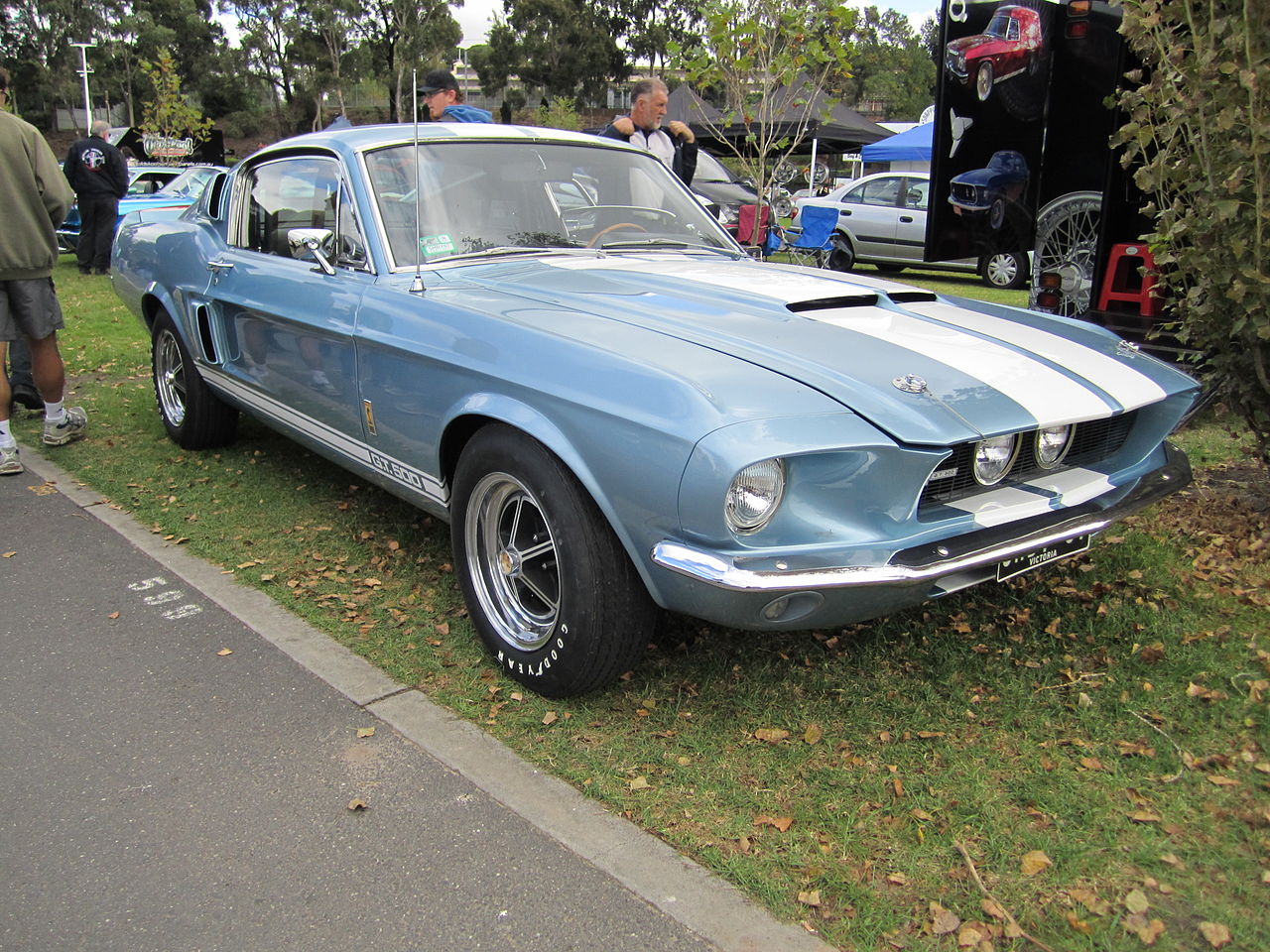 Sicnag, CC BY 2.0, Wikimedia Commons
Sicnag, CC BY 2.0, Wikimedia Commons
1967 Triumph TR250
In post-war America, folks seemed to love the British Triumph roadster cars. So, feeling triumphant (sorry), Triumph launched the TR250 in 1967, eager to get their bigger engine into American hands. The original fuel injection motors had to be fitted with twin carburetors to conform to US emission regulations, stifling the engine to a mild 111 horsepower and disappointing American owners. The TR250 was replaced a year later.
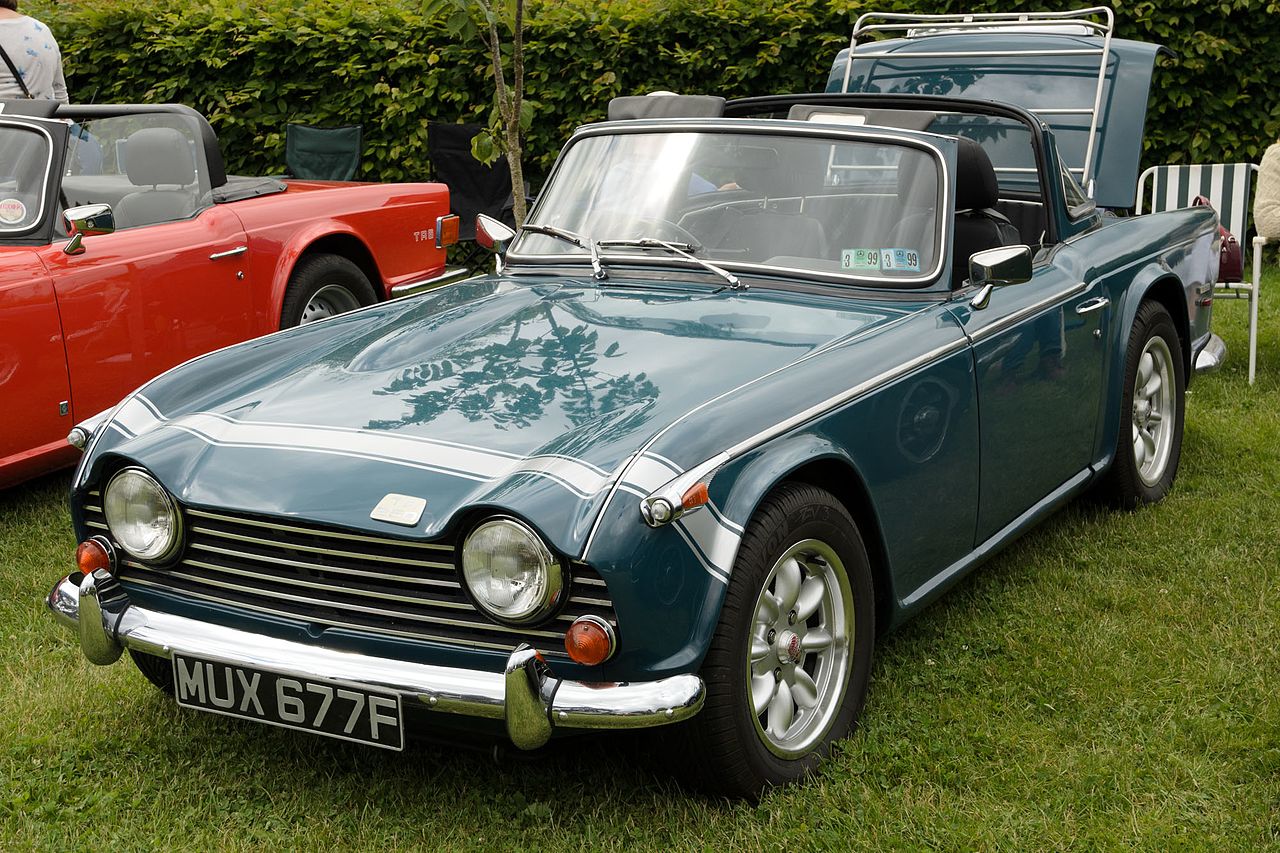 SG2012, CC BY 2.0, Wikimedia Commons
SG2012, CC BY 2.0, Wikimedia Commons
1968 Shelby GT500 KR
The 1968 Shelby GT500 "King of the Road," or "KR" for short was, well, beastly. It cranked out 335 horsepower from its Cobra Jet V8 and a couple of hood scoops, along with a glass fiber hood and wooden steering wheel. Despite only building 1,570 of the "King of the Road", they sold every last one of them—1,053 fastbacks and 517 convertibles.
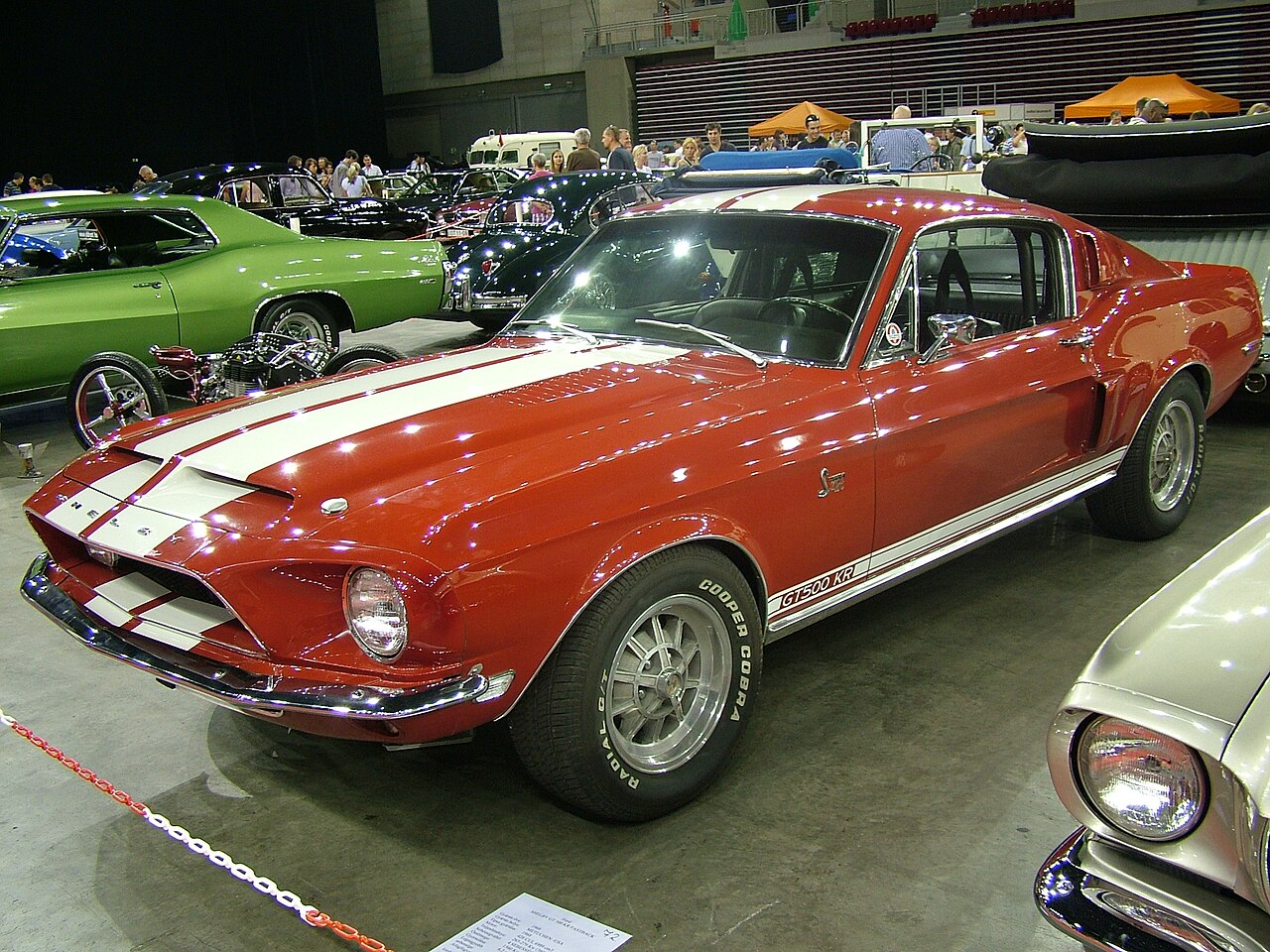 granada_turnier, CC BY 2.0, Wikimedia Commons
granada_turnier, CC BY 2.0, Wikimedia Commons
1969 Chevy Camaro ZL-1
The 7.0-liter V8 engine out of the Chevy Camaro ZL-1 produced an astonishing 425 horsepower and went a quarter-mile in 11.6 seconds, topping out at 122 mph. Just as Ford had done, Chevrolet limited the sale of these behemoths to professional racecar drivers, only selling 69 units.
1969 Chevrolet Corvette ZL-1
When we say that the 1969 Chevrolet Corvette ZL-1 was "exclusive", we mean there were only two ever produced. Again, as Chevrolet were concerned about the horsepower of their V8 being too much for the average bear, they only made a couple of these powerhouses.
 Alexander Migl, CC BY-SA 4., Wikimedia Commons
Alexander Migl, CC BY-SA 4., Wikimedia Commons
1969 Dodge Charger Daytona
This 1969 Dodge Charger Daytona came with a spoiler, so you knew it was fast. But it didn't just come with a spoiler, it came with a spoiler that sat nearly two feet above the trunk, to maximize airflow. The thing wasn't called "Daytona" for nothing, and you could be forgiven for thinking that Dodge was attempting to break into the track racing market... Because they were.
1969 Ford Torino Talladega
The 1969 Ford Torino Talladega was both an answer to the Dodge Charger Daytona and a nod to the Talladega Superspeedway in Lincoln, Alabama. Ford only produced 754 Talladegas and ended the production as soon as 1970 rolled around.
1969 Plymouth Barracuda
Chrysler subsidiary Plymouth produced the Barracuda in 1969, much to the joy of their marketing executives—they'd produced the fastest muscle car with the biggest engine of the era. Unfortunately, the engineers had left out a power steering pump and air conditioning while doing so. Sacrifices, am I right? That didn't fly with the American public, however, and only 400 Plymouth Barracudas were produced before the car was scrapped.
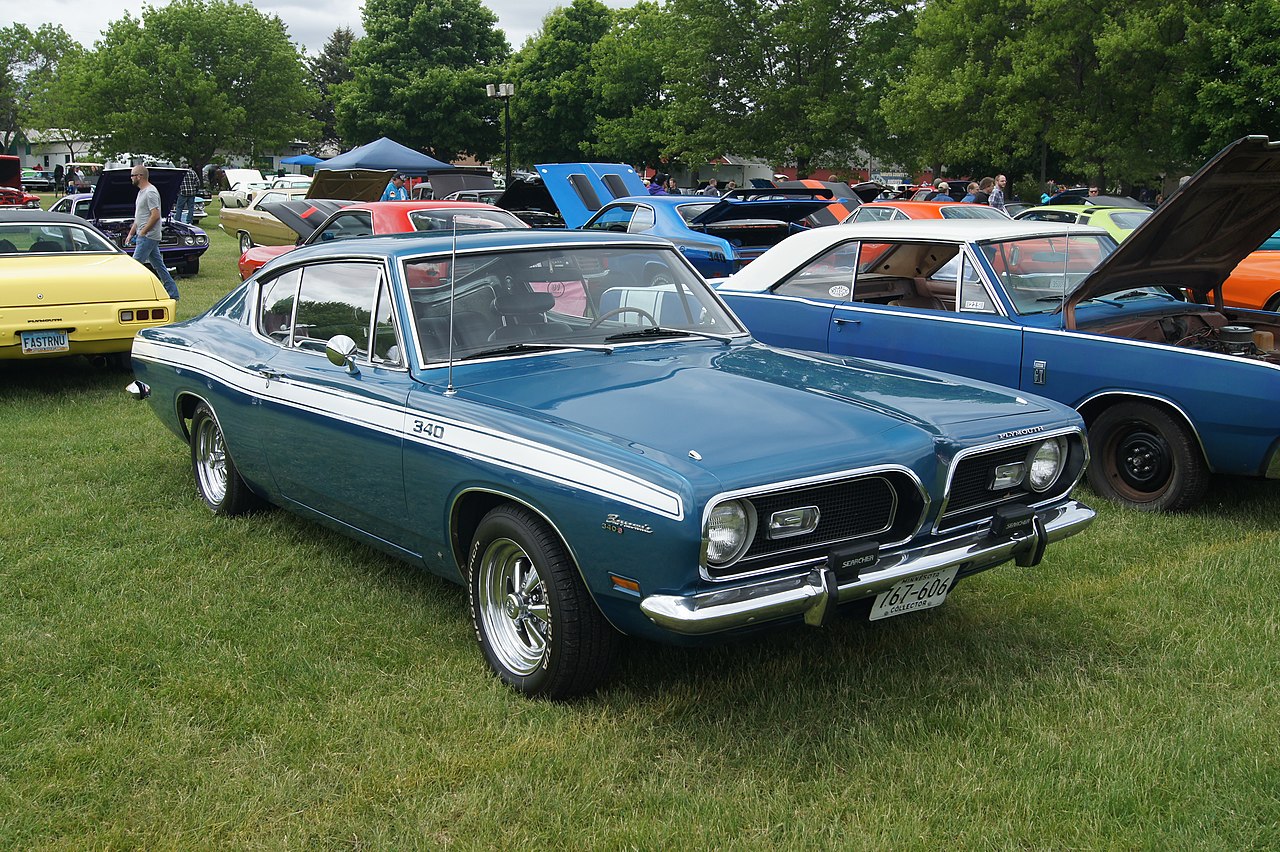 Greg Gjerdingen, CC BY 2., Wikimedia Commons
Greg Gjerdingen, CC BY 2., Wikimedia Commons
1969 Pontiac Firebird TransAm
When Pontiac made the Firebird TransAm with the hope of racing, they didn't expect to be told that the 400 cubic inch engine was too large to race with. No bother, though. The blue racing stripes and white paint were still marketable to the American public, though now, these had become a rarity. Producing only 697 Firebird TransAm, Pontiac made eight as convertibles, increasing their collector's item flair.
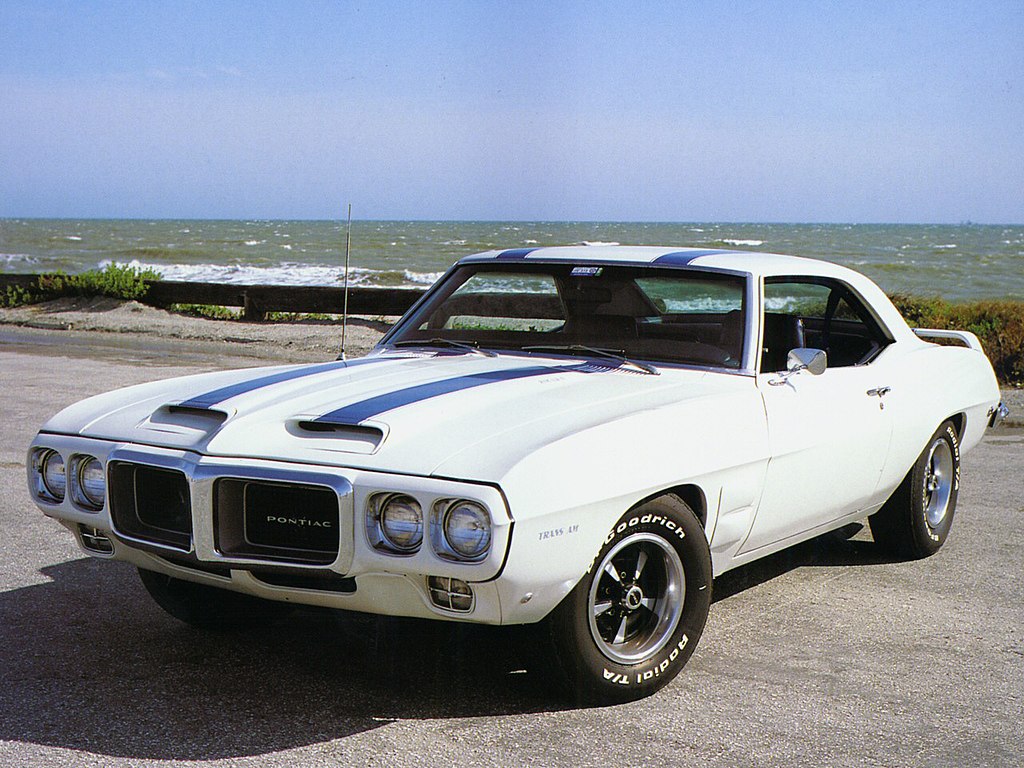 Matt Morgan, CC BY-SA 2.0, Wikimedia Commons
Matt Morgan, CC BY-SA 2.0, Wikimedia Commons
1970 AMC Rebel
In yet another stroke of marketing genius, AMC built a car for one year only (like the 1969 AMC Rambler)—and boy, what a car. Producing 340 horsepower out of a 6.4-liter V8, AMC sold out of the first thousand they built, so they built another 1,326 cars by the end of the year, in a different color offering than their first batch.
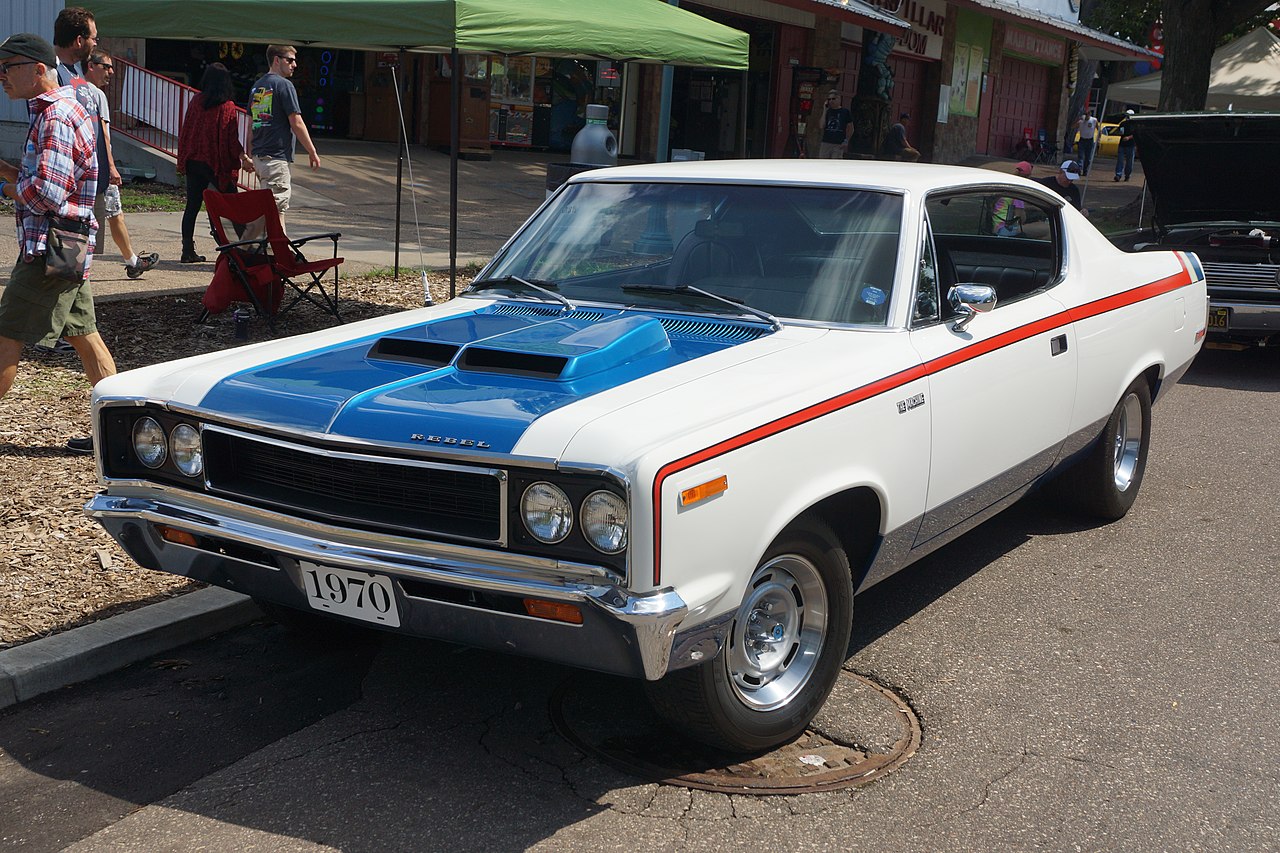 Greg Gjerdingen CC BY 2.0, Wikimedia Commons
Greg Gjerdingen CC BY 2.0, Wikimedia Commons
1970 Chrysler 300 Hurst
Chrysler planned to produce 2,000 of the 1970 300 Hurst muscle car. It's performance stats checked out: A 7.2-liter V8 delivering 375 horsepower was standard. Unfortunately, what let the Hurst down was its weight: it weighed nearly two tons (4,400 lbs), which would be like driving around a white rhinoceros (seriously). Those 2,000 cars they planned? They only built 485 of them—ouch.
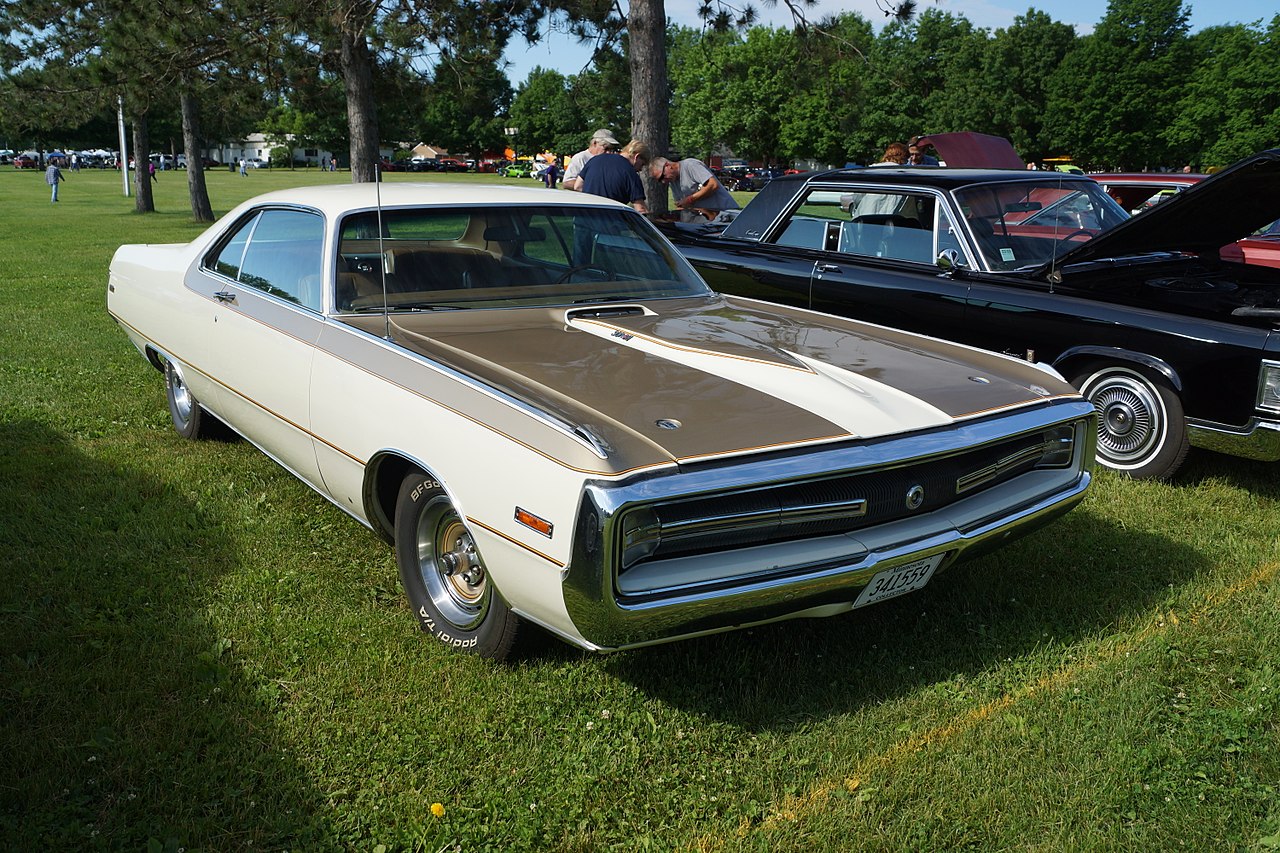 Greg Gjerdingen, CC BY 2.0, Wikimedia Commons
Greg Gjerdingen, CC BY 2.0, Wikimedia Commons
1970 Oldsmobile Rally 350
You may think that if a car is named with "350", that's the number of horsepower it can produce. Normally, you'd be right (or at least close), but that wasn't so with the 1970 Oldsmobile Rally. This smaller muscle car was produced by Oldsmobile to offer a more affordable muscle car without compromising on power. Unfortunately, it only produced 310 horsepower from its V8—disappointing for enthusiasts. That, and it was sickly yellow. Gross.
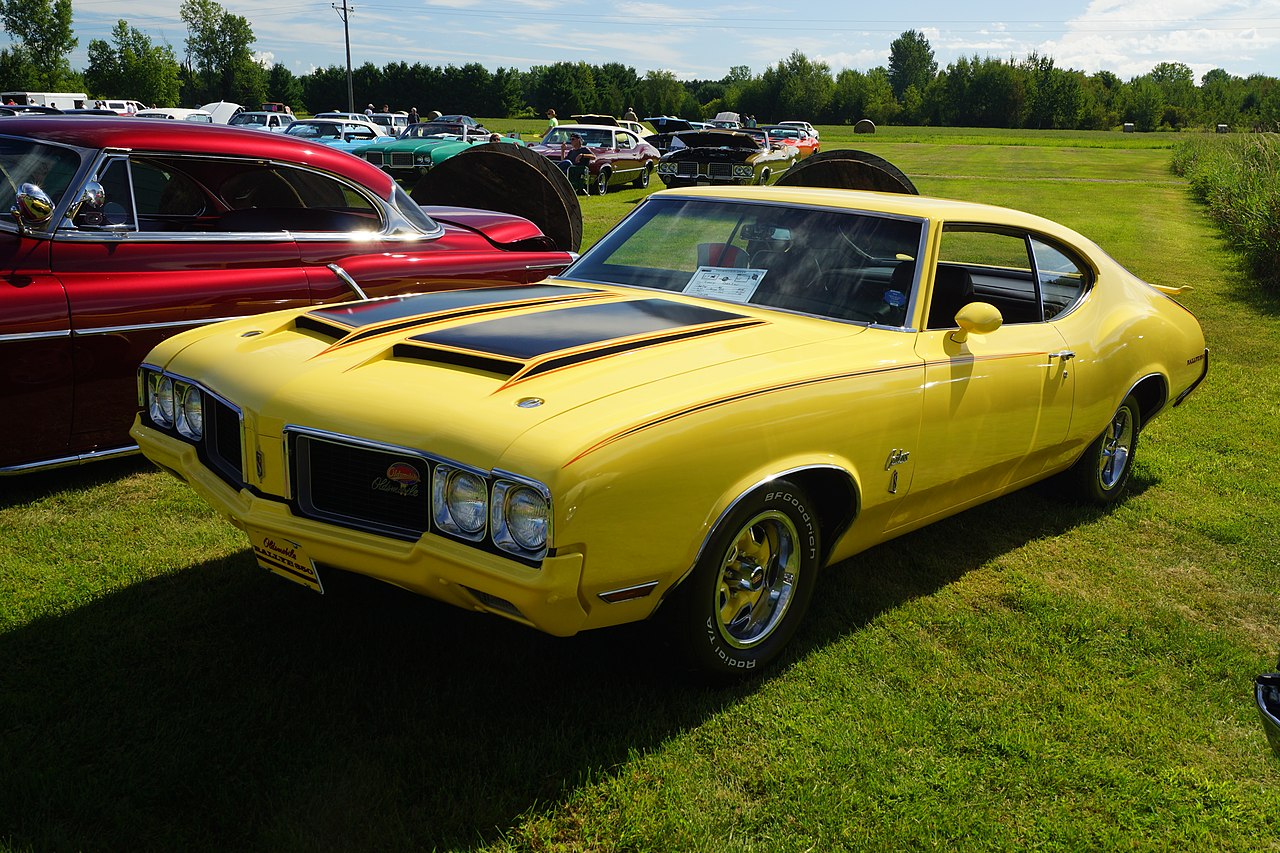 Greg Gjerdingen, CC BY 2.0, Wikimedia Commons
Greg Gjerdingen, CC BY 2.0, Wikimedia Commons
1970 Oldsmobile W31
Oldsmobile produced another muscle car, not dissimilar to the Rally 350—instead, a 5.7-liter V8 engine produced 325 horsepower. The W31 was only produced for a year and Oldsmobile only sold 116 of them. Ouch.
1970 Plymouth AAR Cuda
Have you ever built 2,724 cars in five weeks? No? Plymouth did, in 1970, with the All American Racing Cuda. You see, they needed to "homologate" or pass tests and certifications put forward by Sports Car Club of America's TransAm Series race, so they built 2,724 AAR Cudas in five weeks. Overtime? What's that?
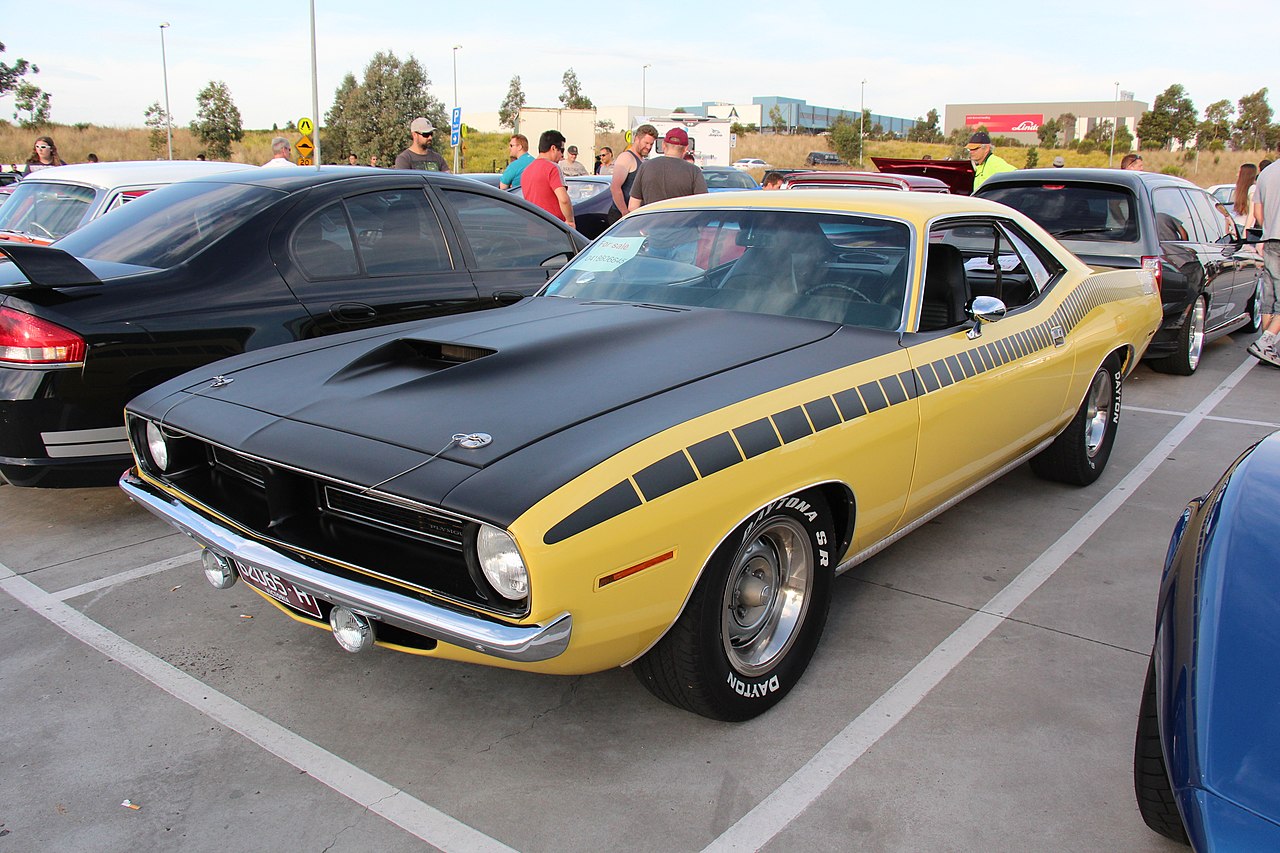 Sicnag, CC BY 2.0, Wikimedia Commons
Sicnag, CC BY 2.0, Wikimedia Commons
1970 Plymouth Roadrunner Superbird
Ah, Plymouth was seeking to break into NASCAR alright, when they produced the Roadrunner Superbird. It might have been called a "Superbird" because of the gigantic spoiler in the back that may have caused it to take flight were it not weighed down. Plymouth built 2,783 of them, far more than the 1,920 that the factory had intended.
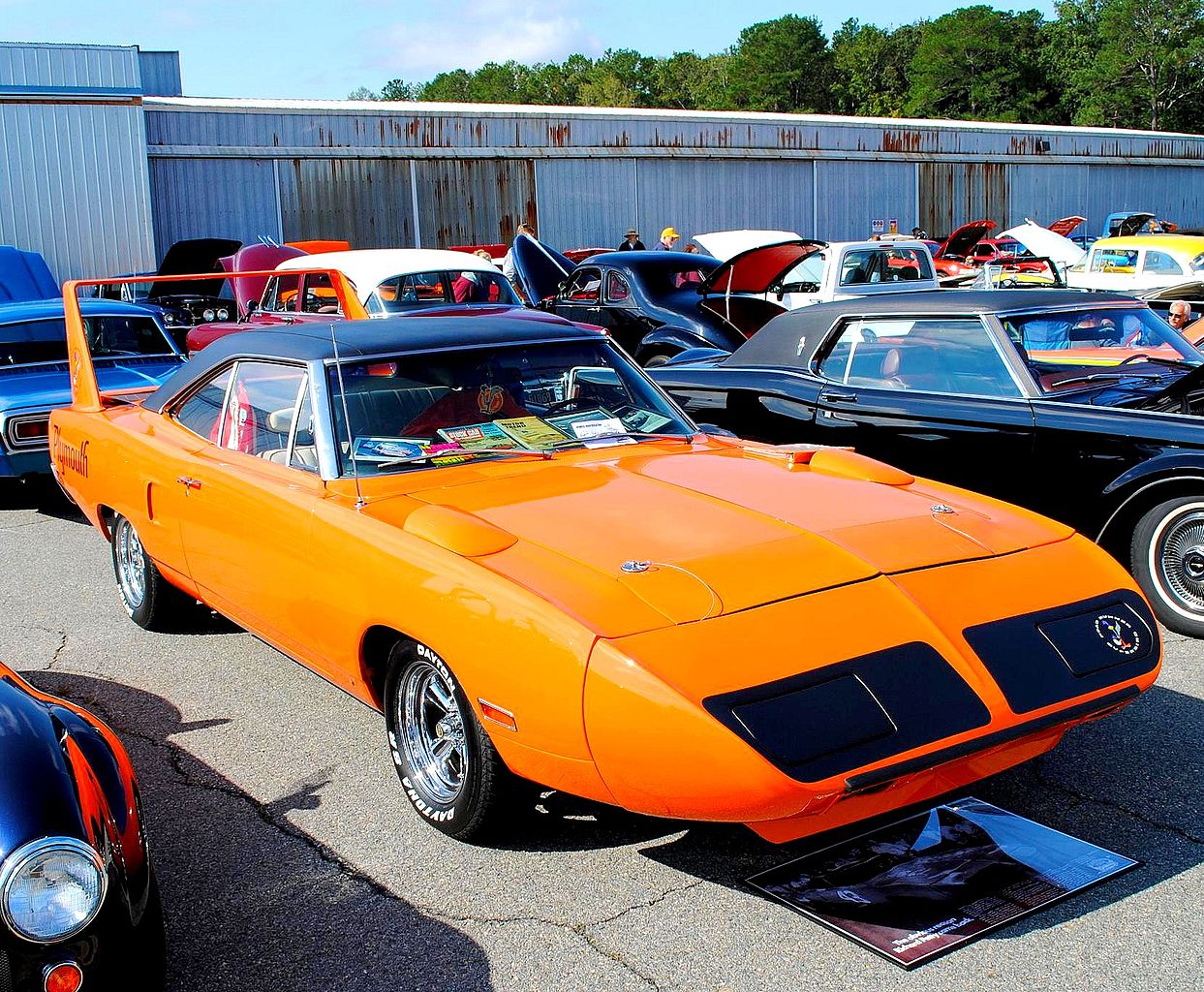 Lee Cannon, CC BY-SA 2.0, Wikimedia Commons
Lee Cannon, CC BY-SA 2.0, Wikimedia Commons
1971 AMC Hornet SC/360
The 1971 AMC Hornet was well-intentioned and well-executed: AMC took the two-door design of the existing AMC Hornet and shoved a 245 horsepower V8 engine in there. Unfortunately, their timing was terrible and the looming 1970s fuel crisis had Americans pinching their pennies at the pumps. Their sales during the one-year duration of the Hornet SC/360 would total just 784.
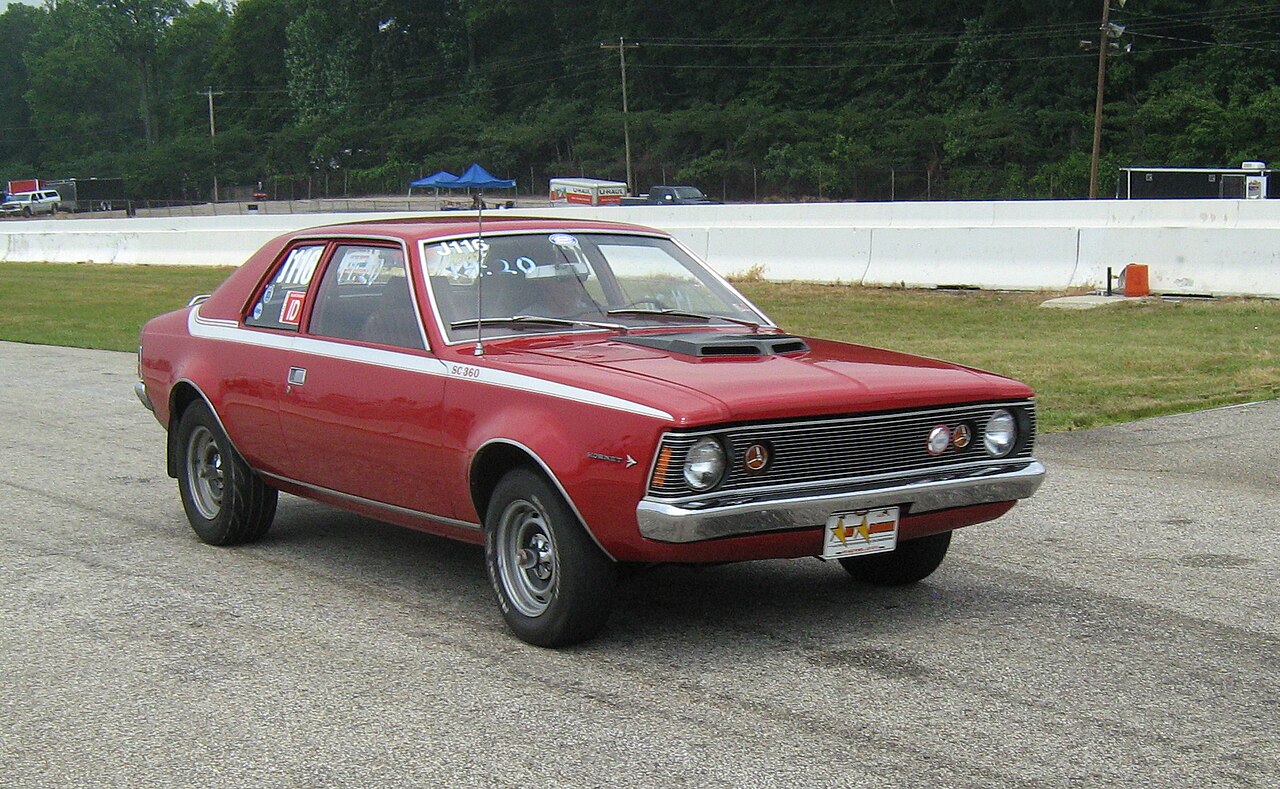 CZmarlin, CC BY-SA 3.0, Wikimedia Commons
CZmarlin, CC BY-SA 3.0, Wikimedia Commons
1971 Dodge Charger Super Bee
The 1971 Dodge Charger Super Bee was sort of a perfect amalgamation of looks and power for Dodge's upgrade to the Super Bee that was produced from 1968 to 1970. Positioning the Charger Super Bee just below the Charger R/T in the pecking order, Dodge's bright orange paint and sleek design helped it shift over 5,000 of the Super Bees, which weren't reproduced after that year.
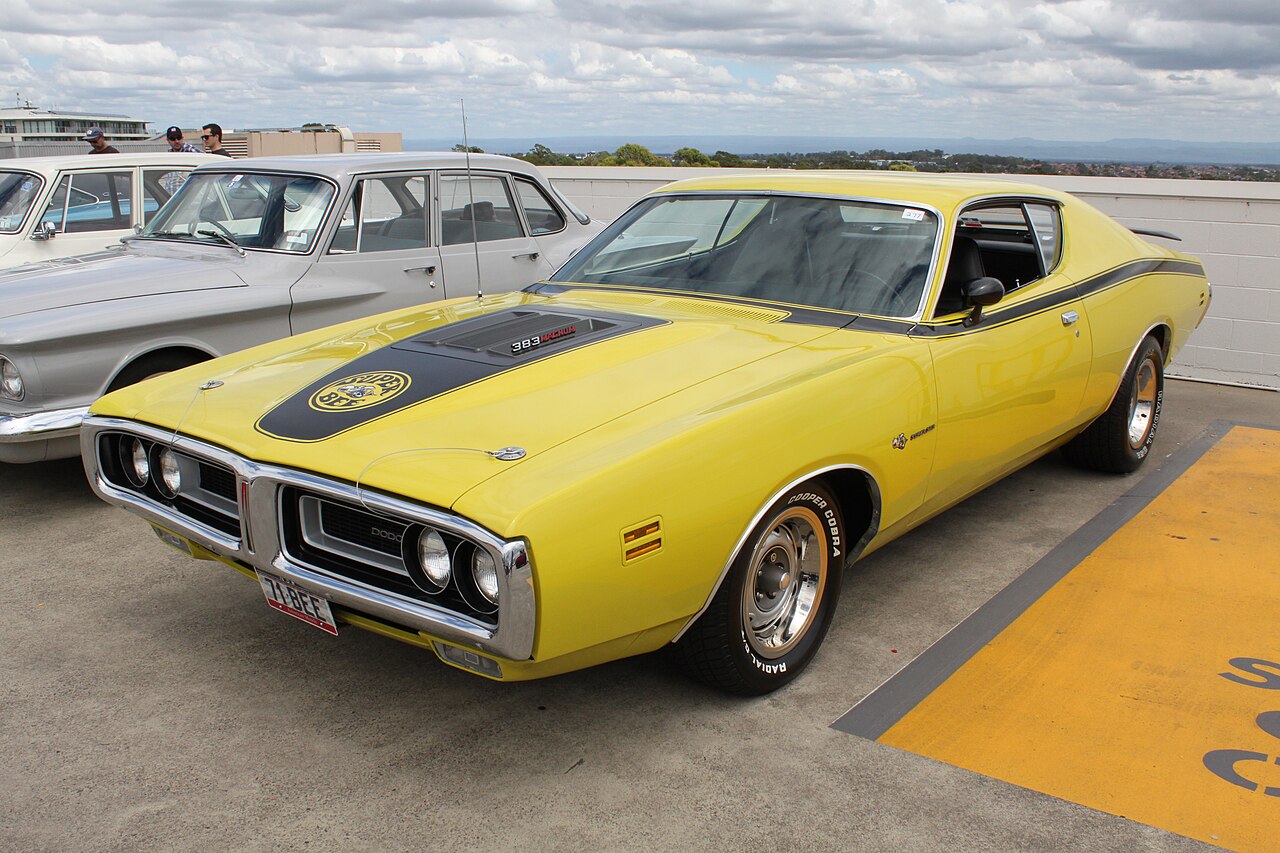 Jeremy, CC BY 2.0, Wikimedia Commons
Jeremy, CC BY 2.0, Wikimedia Commons
1971 Ford Mustang Boss 351
"The Boss" is back. This 1971 Ford Mustang may have been one of the most perfect muscle cars ever created. Designed in an era before regulations throttled engine power, the 1971 Mustang Boss produced 330 horsepower from a 5.8-liter V8 engine. Although Ford only built 1,806 of these bad boys, they're widely viewed as one of the best all-time muscle cars.
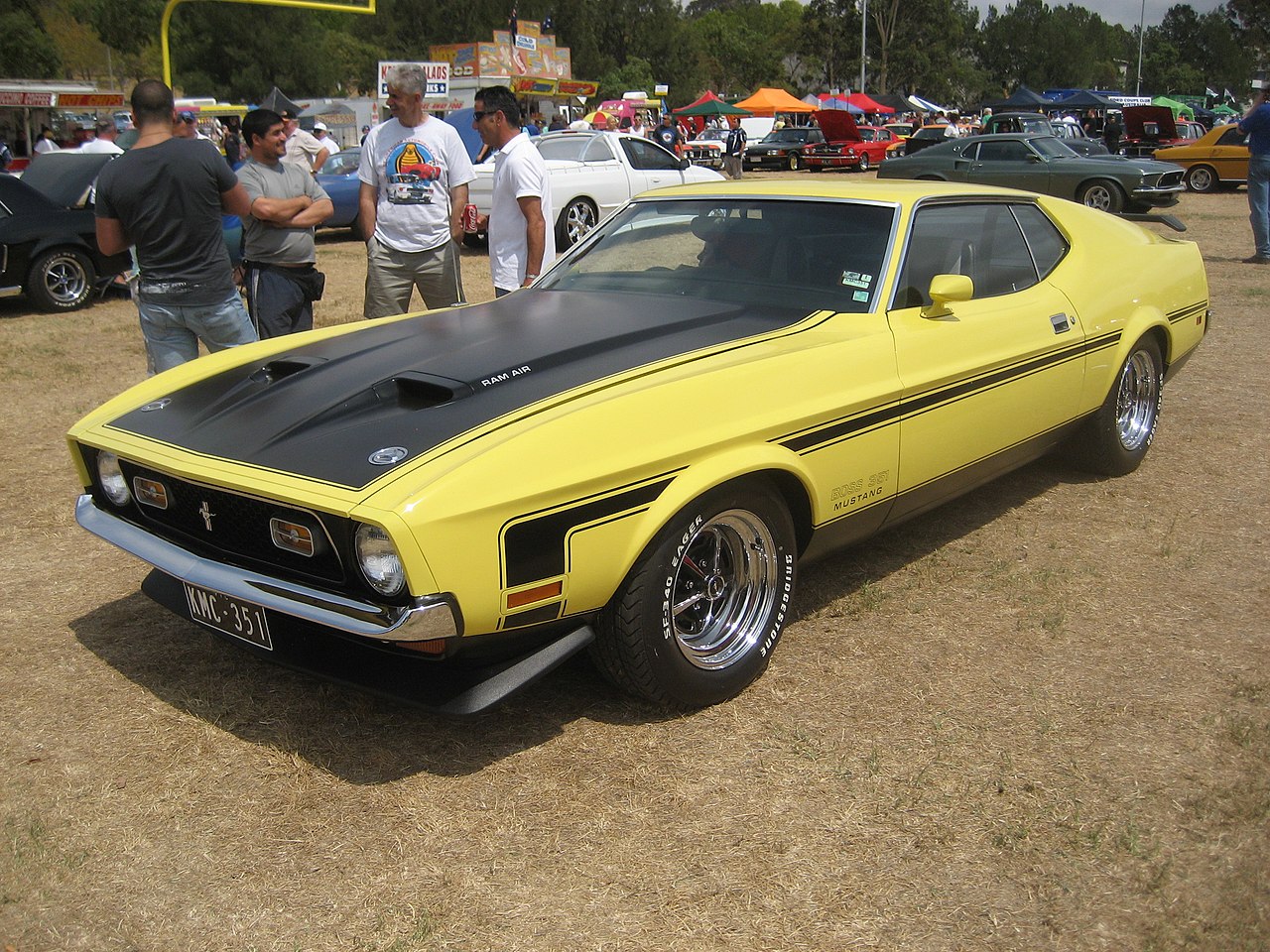 Sicnag, CC BY 2.0, Wikimedia Commons
Sicnag, CC BY 2.0, Wikimedia Commons
1972 Ford Mustang HO
The ultra-rare 1972 Ford Mustang HO was the result of Ford dropping the "Boss" from its Mustang lineup. Astute Ford owners realized that they could get similar power and performance from a 278 horsepower V8. If you were lucky enough to know that the HO existed and offered similar performance to the beloved Boss, you had to hurry to snap up one of only 60 ever built for the singular year of the Mustang HO production.
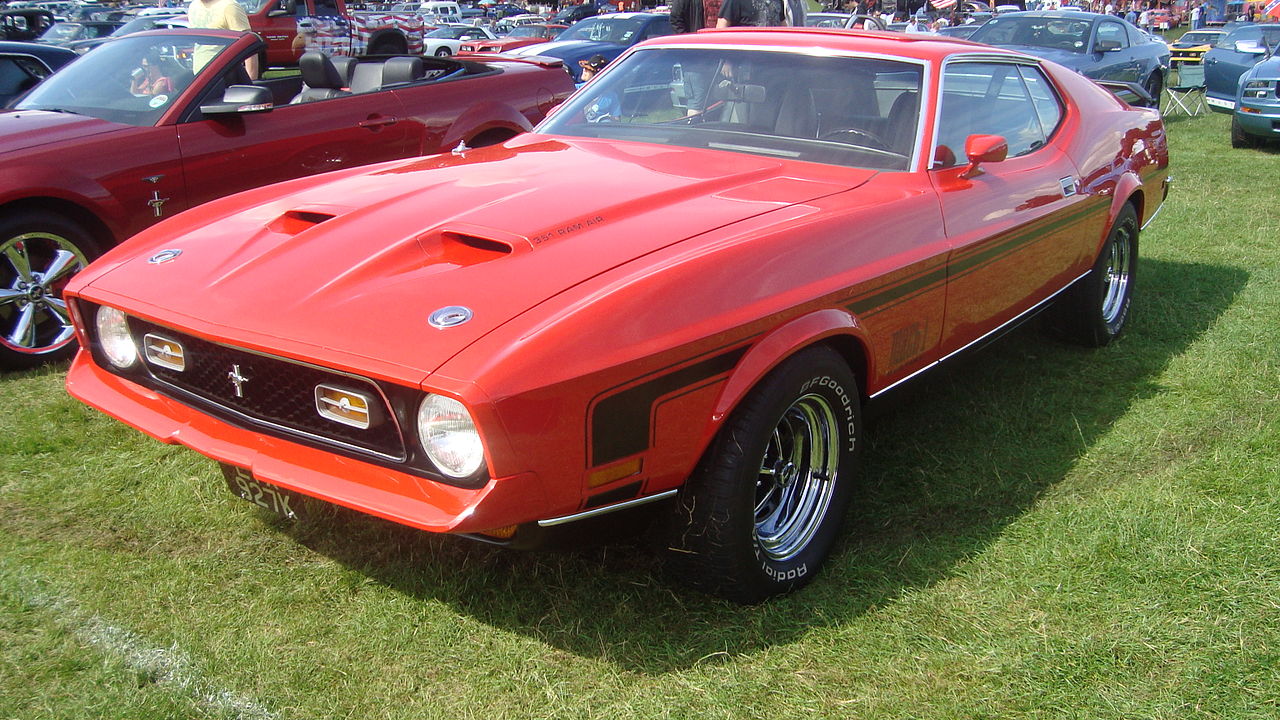 Kieran White, CC BY 2.0, Wikimedia Commons
Kieran White, CC BY 2.0, Wikimedia Commons
1975 Chevrolet Cosworth Vega
While the Ford RS Cosworth would tear up European streets in the mid-1990s, 20 years prior, the Chevrolet Vega Cosworth was... not doing the same in America. Based on the Chevrolet Vega body with a 2.0-liter, four-cylinder engine, the 1975 Cosworth Vega found only 3,508 buyers during its single year of production. Give it 20 years, Chev.
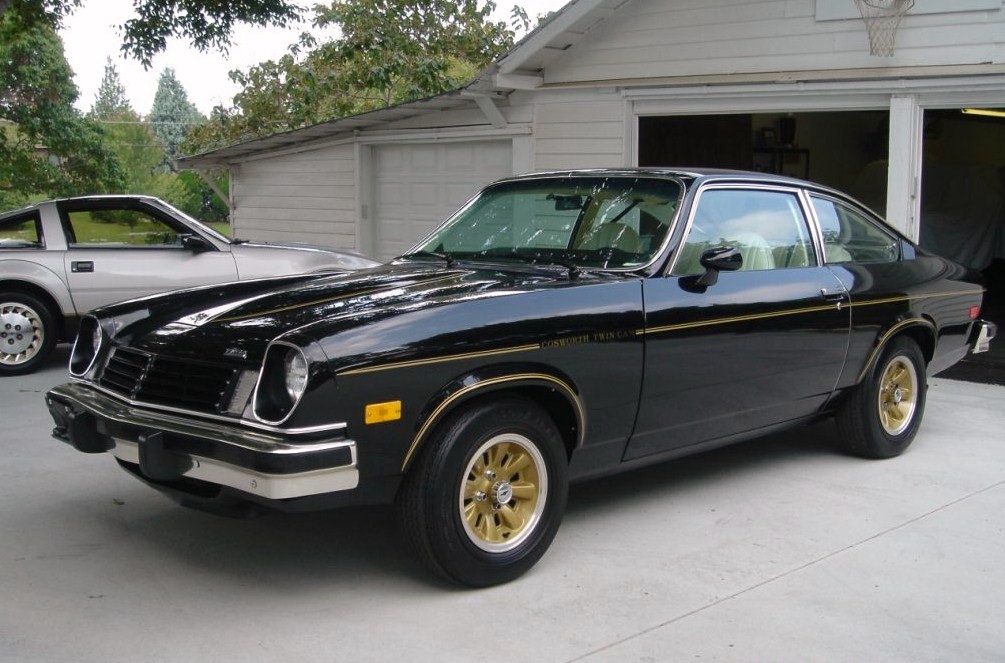 Barnstarbob, CC BY-SA 3.0, Wikimedia Commons
Barnstarbob, CC BY-SA 3.0, Wikimedia Commons
1976 Porsche 912E
In 1976, Porsche's American market was slowing as lovers of the 911 waited for a new model—so, Porsche America released the 912E. It still cost you an arm and a leg ($10,000 back in them days). Porsche only produced about 1,500 of these vehicles, while hangers-on wanted the incoming Porsche 924 that would be released in '77.
 Detectandpreserve, CC BY-SA 3.0, Wikimedia Commons
Detectandpreserve, CC BY-SA 3.0, Wikimedia Commons
1978 Chevrolet Monza Wagon
The much-unloved Chevrolet Monza Wagon was Chevy's attempt to put lipstick on the proverbial pig. This wagon saw Chevrolet put a Monza front on leftover Chevy bodies, add some exterior wood trim, and call it a day. It was also a horrendous yellow. Fewer than 3,000 were built—we presume the same number of courageous souls bought them.
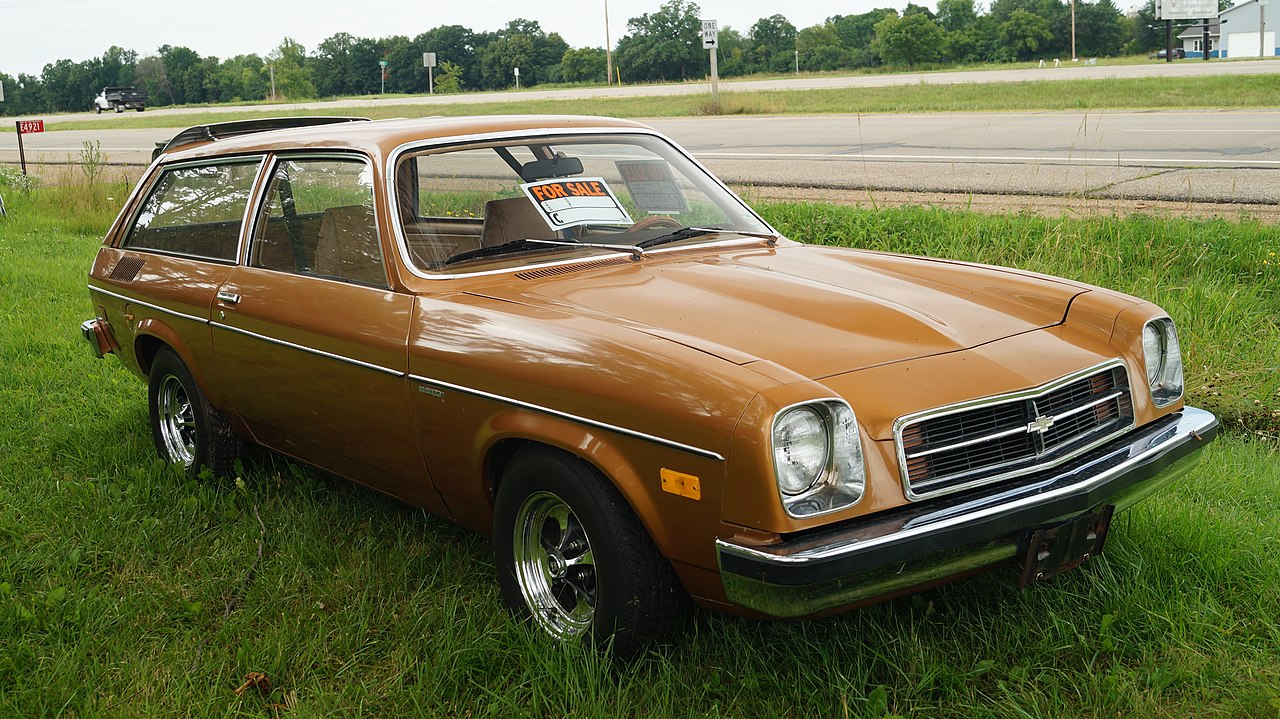 Greg Gjerdingen, CC BY 2.0, Wikimedia Commons
Greg Gjerdingen, CC BY 2.0, Wikimedia Commons
1978 Dodge Lil' Red Express
The 1978 Lil' Red Express made by Dodge was the performance pickup that set the standard for performance pickups of that era, despite only being made for one year. A 5.9-liter V8 engine provided a whopping 225 horsepower for a utilitarian vehicle—oh, yes, and it could do 0-60 in just 6.7 seconds. It even had a massive chrome stack exhaust (not very appealing).
But, it seemed as though marketing was its purpose, which it did perfectly. Even though only 3,000 were ever purchased, it put Dodge on the map for pickups.
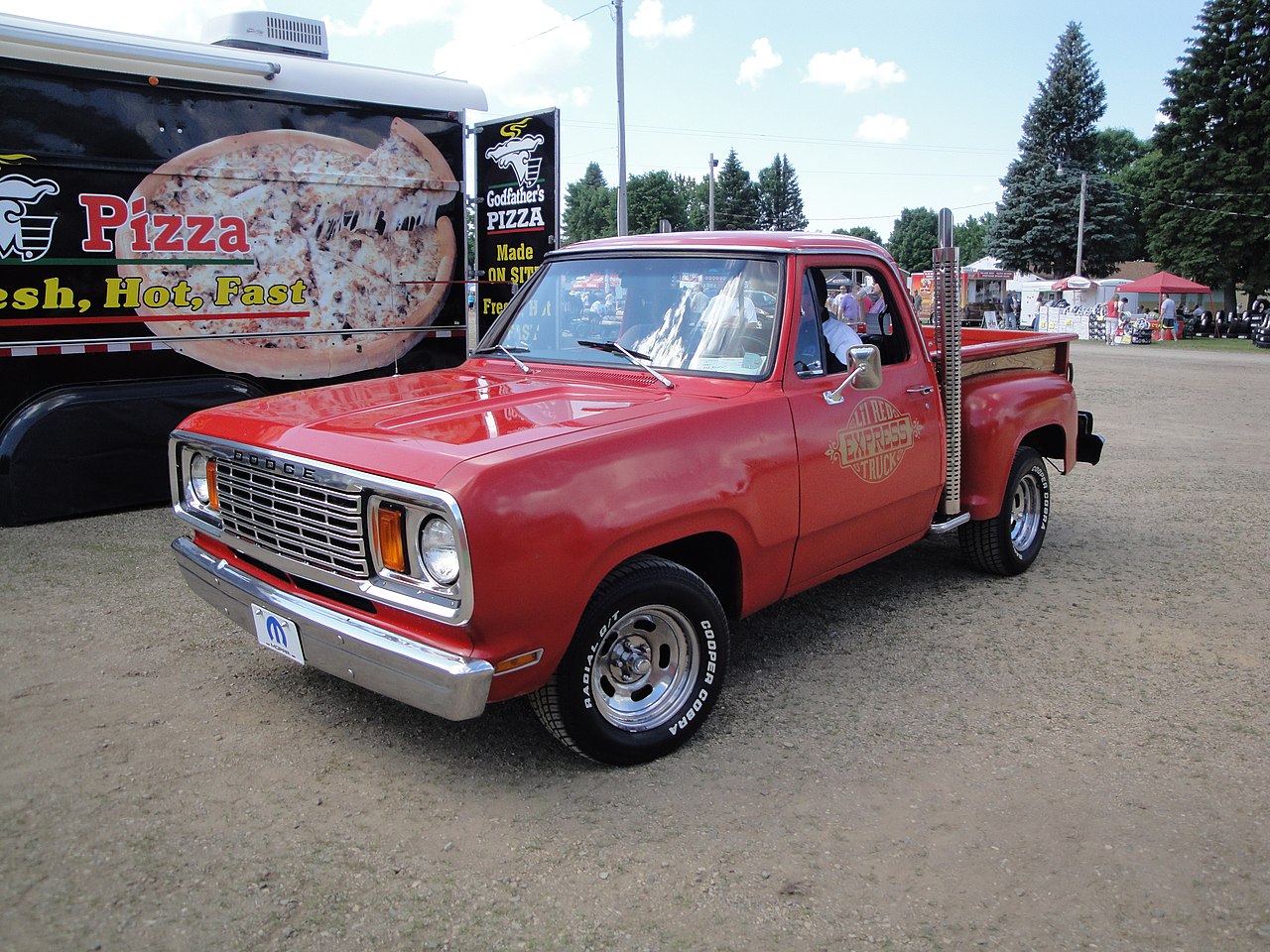 Greg Gjerdingen, CC BY 2.0, Wikimedia Commons
Greg Gjerdingen, CC BY 2.0, Wikimedia Commons
1980 Ford Mustang McLaren M81
"Ford Mustang McLaren" aren't three words you'd expect to see in the same sentence. But in 1980, that's what Ford and McLaren did to create the Ford Mustang McLaren M81. Unfortunately, emissions regulations curtailed the project to just 132 horsepower and doing 0-60 in 9 seconds—hardly as quick as the pair of collaborators had expected. Just ten of these were made before Ford decided to redirect its funds towards another Mustang: the SVO.
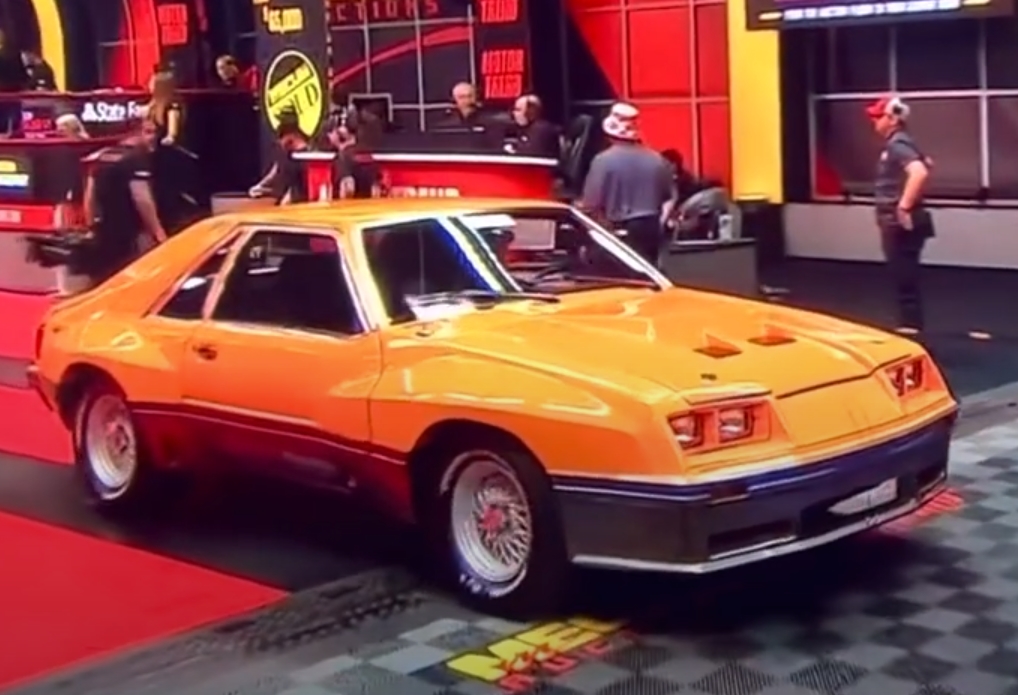 Derek Whitacre, 1980 M81 McLaren Mustang
Derek Whitacre, 1980 M81 McLaren Mustang
1984 Ford RS200
The Ford RS200 was built as a rally car by Ford's European branch and when it graced American roads for a single year in 1984, users were impressed. Mid-engine, graceful handling and suspension, four-wheel drive, and 250 horsepower was plenty for most people. Only 200 were ever made as Americans got a taste of European rally driving.
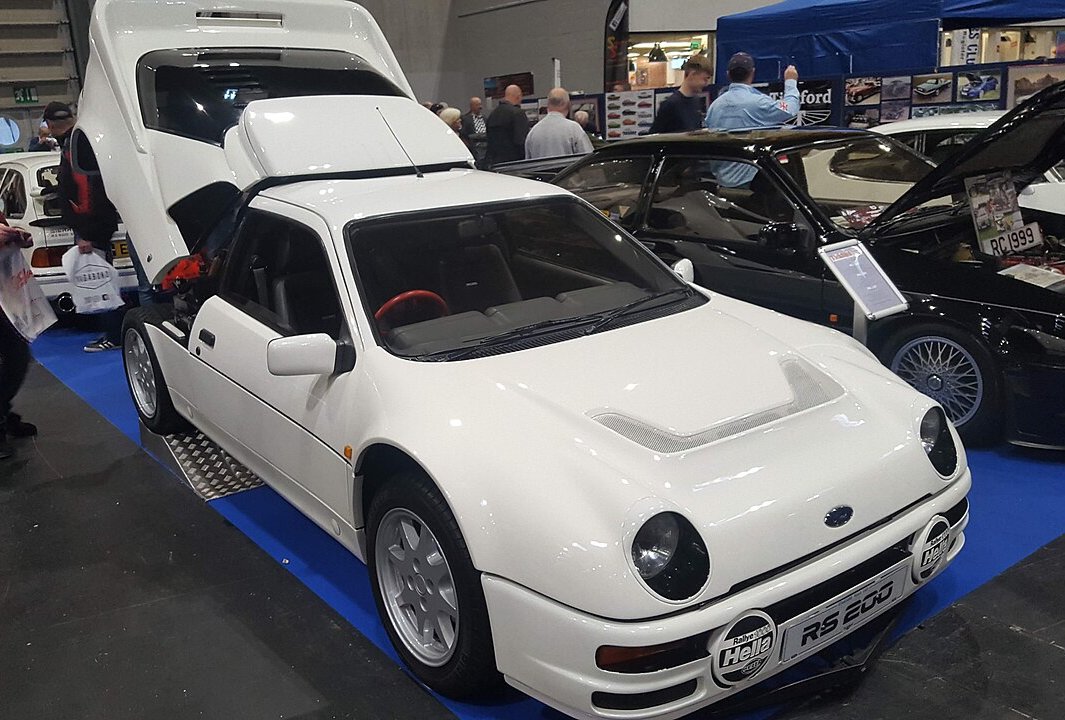 Kieran White, CC BY 2.0, Wikimedia Commons
Kieran White, CC BY 2.0, Wikimedia Commons
1990 Nissan Axxess
When Nissan and Ford partnered up in 1990 to design a minivan, it was one of the strangest partnerships of the era. It also didn't last: they broke up when Nissan decided to import a Japanese minivan known as the Axxess instead. Unfortunately, it was too small for most American families seeking a spacious transporter of many people.
The Axxess was sold for just one year and remained for sale until '92, when Ford and Nissan got back together to produce the Quest minivan.
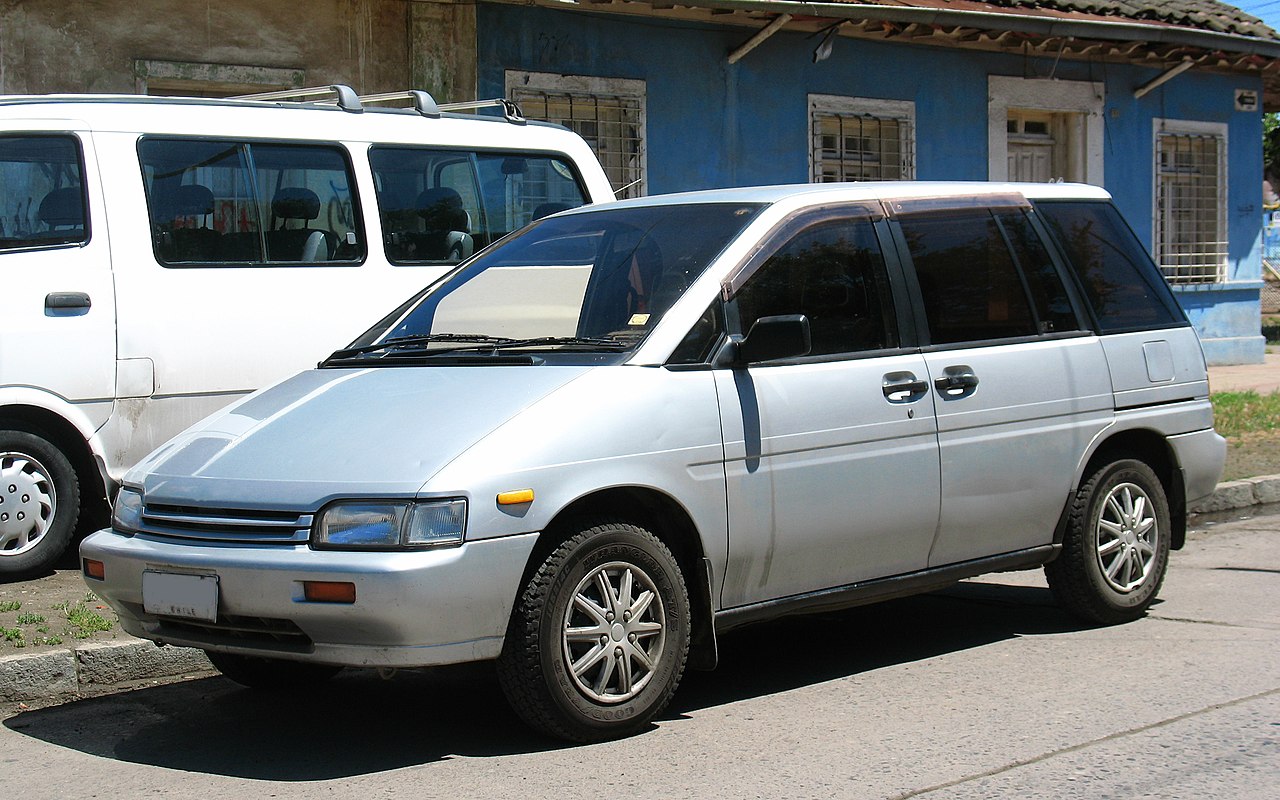 RL GNZLZ, CC BY-SA 2.0, Wikimedia Commons
RL GNZLZ, CC BY-SA 2.0, Wikimedia Commons
1991 Lotus Carlton
Even in Europe, the Lotus Carlton (badged as Vauxhall and Opel) was something of a rarity, only sold between 1990 and 1992. The '91 Carlton was never officially available in the United States, despite being billed as the fastest four-door sedan in the world when launched. That might have been true, thanks to its twin-turbo 3.6-liter engine, producing 377 horsepower for a top-speed of 177 mph. 950 of these were built in the US during 1991.
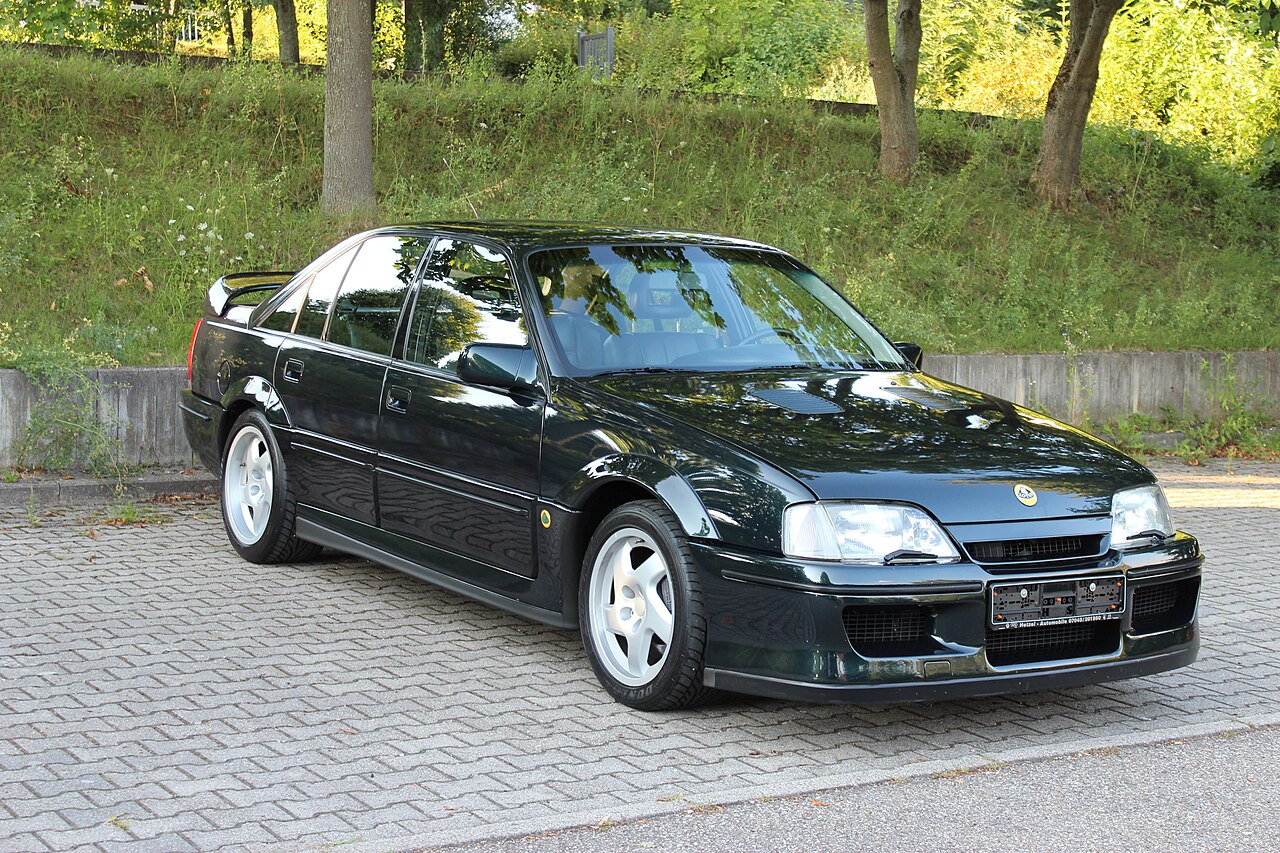 LotusOmega460, CC BY-SA 3.0, Wikimedia Commons
LotusOmega460, CC BY-SA 3.0, Wikimedia Commons
1993 Ford Mustang Cobra R
Ford only made three generations of the Cobra R: in 1993, 1995, and 2000. Only 107 of the 1993 models were ever built, making them the rarest of the three generations of Mustang Cobra Rs.
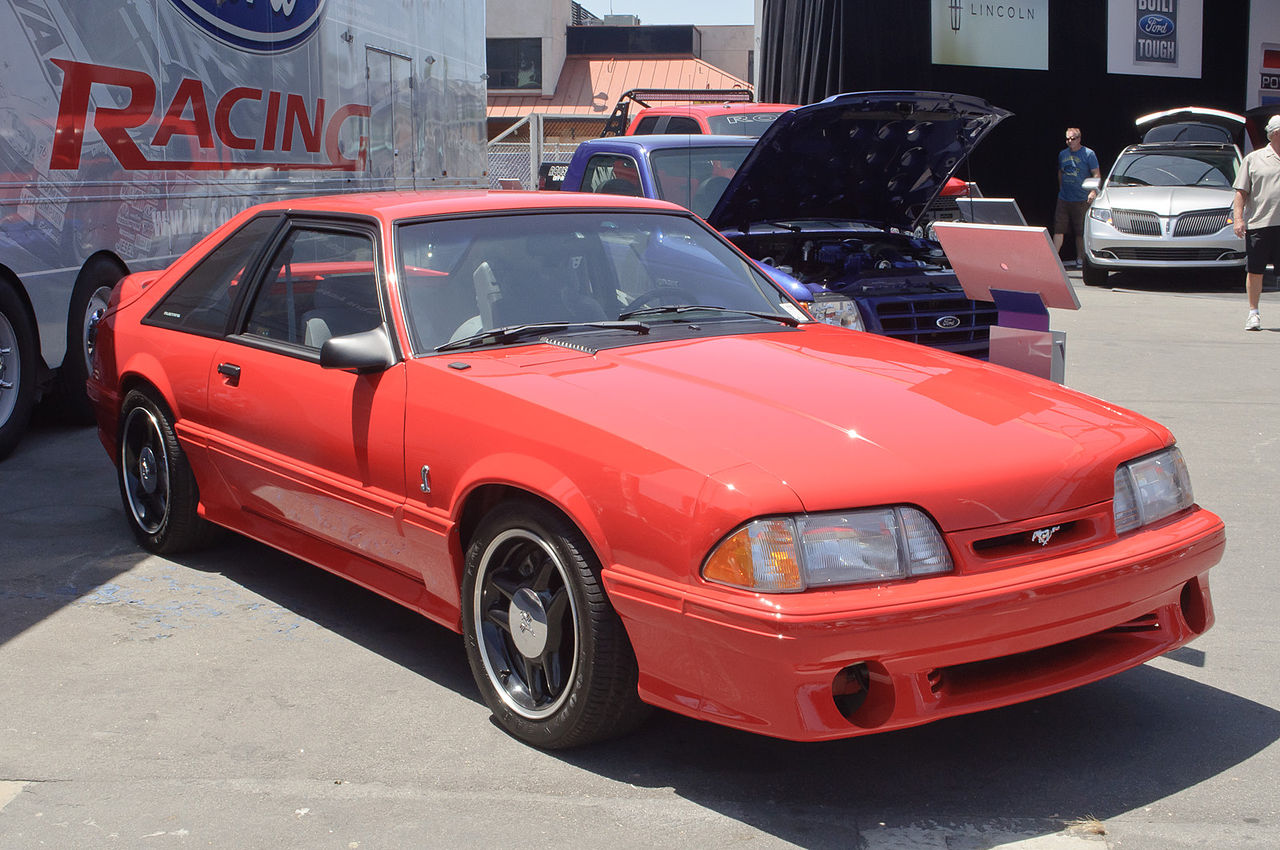 InSapphoWeTrust, CC BY-SA 2.0, Wikimedia Commons
InSapphoWeTrust, CC BY-SA 2.0, Wikimedia Commons
1997 Jeep Cherokee Limited 5.9
Jeep's last hurrah in the ZJ generation would be the formidable Cherokee Limited 5.9. It produced (wait for it...) 245 horsepower from a 5.9-liter Magnum V8—in a Jeep. It could cover 0-60 in just 6.8 seconds. It was the fastest SUV ever sold in the United States and yet, it looked just like a normal Cherokee. It was replaced by the more sensible WJ model in mid-1998, but still holds a place in Jeep lovers' hearts as a bespoke performance Jeep.
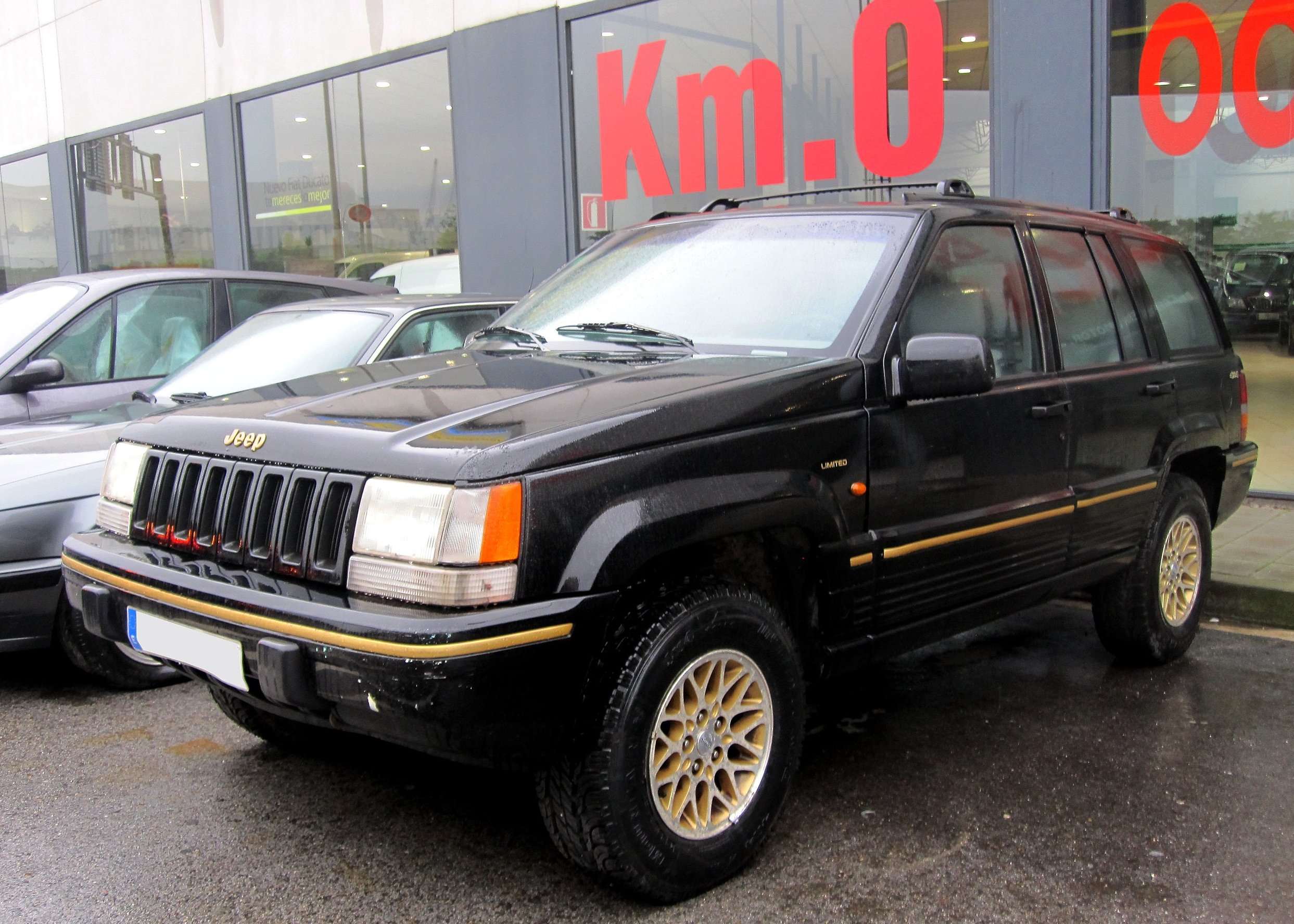 Spanish Coches, CC BY 2.0, Wikimedia Commons
Spanish Coches, CC BY 2.0, Wikimedia Commons
2002 Lincoln Blackwood
When Lincoln decided to take the success of the Navigator and ride its coattails into the pickup truck market, it was pretty much doomed to failure from the start. They created the Lincoln Blackwood, which was black, but not made of wood, disappointingly—it might have fared better had it been. The cab was small, the bed was small and lined with carpet, and it only came with a finicky plastic cover that was difficult to remove and put back on again.
Frustrated Lincoln Blackwood owners can still be heard exasperatingly sighing. It was only made for one year, then Lincoln went back to focusing on the Navigator and Continental.
2007 Mercedes-Benz R63 AMG
Mercedes released the R63 AMG as an SUV-van crossover with far too much power for what it was. 507 horsepower made it go from 0-60 in 4.7 seconds. For what was supposed to be a family car, it felt more like Lamborghini making a minivan. As these were for special order by Mercedes in 2007, we only know that around 30 were sold on the American market and the model was retired at the end of the year.
2009 Kia Borrego
At the 2008 Detroit Motor Show, Kia launched the Kia Borrego—the biggest and heaviest SUV in-show, right at the time of the 2008 financial crisis that had Americans pinching pennies and trading in gas-guzzlers for something a little less hard on the wallet. That was not in-line with the Borrego, that's for sure. Kia hoped to sell 20,000 units in the US, despite the crisis. It barely sold 10,000 and they retired the Borrego after a year.
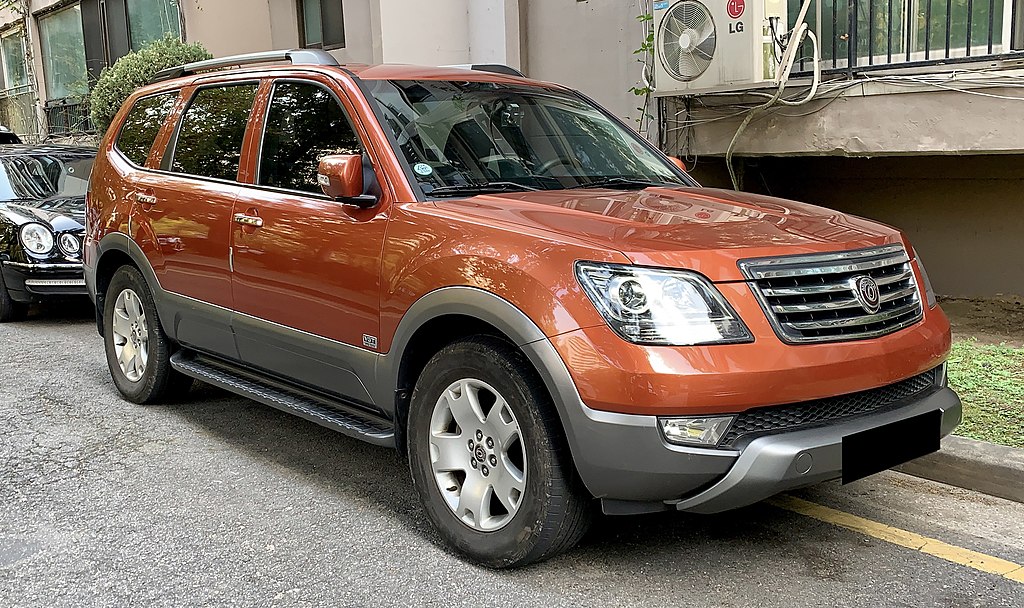 Benespit, CC BY-SA 4.0, Wikimedia Commons
Benespit, CC BY-SA 4.0, Wikimedia Commons
2009 Pontiac G3
The shortest-lived Pontiac car ever: the G3. It is a rebadged Chevrolet Aveo, available in a single trim for under $4,000. Yeah, it was cheap. That was its only unique selling point. It lasted for a year, and while no sales figures are available, we can assume it drastically underperformed.
2011 BMW 1M
While the M3 was taking off, the BMW market was crying out for something a little more affordable, without compromising on performance. That was the 1M. It produced 335 horsepower from a 3.0-liter straight six engine, coupled with a manual gearbox. Top speed? 155 mph, and it did 0-60 in 4.8 seconds. Between 3,000 and 6,000 of these were produced for the single year of production in 2011. An instant classic among BMW aficionados.
2012 Coda EV
In 2012, Coda (a California-based startup) launched the Coda EV. Before there was Tesla, there was Coda. Coda sought and obtained hundreds of wealthy investors for their EV lineup, but those who were expecting success were disappointed and possibly duped. The Coda EV was based on a Chinese car, which drew design inspiration from a 1999 Mitsubishi Lancer. Coda began sales in California in 2012, filed for bankruptcy by mid-2013, and then recalled every single one of their 117 produced cars, because of an airbag problem.
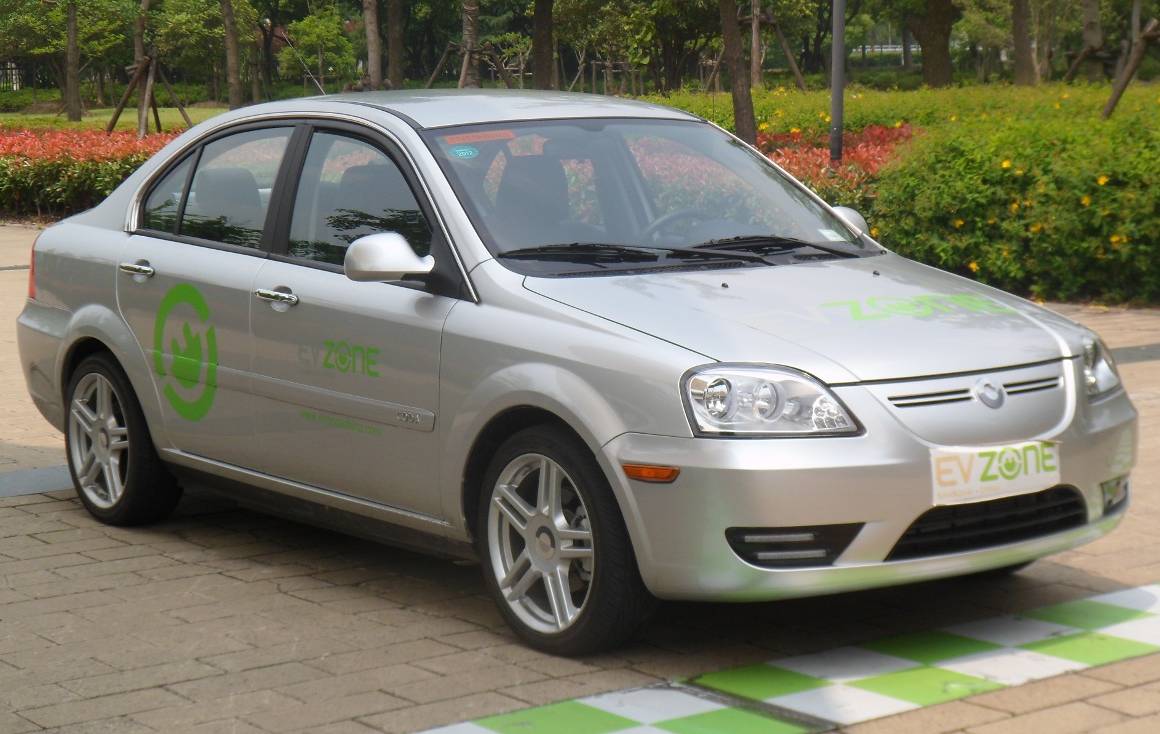 Navigator84, CC BY-SA 4.0, Wikimedia Commons
Navigator84, CC BY-SA 4.0, Wikimedia Commons
1972 Ford Pinto
So, technically the Ford Pinto was offered for nine years between 1971 and 1980, but the 1972 Ford Pinto, along with a couple of other model years were particularly affected by the Ford Pinto scandal. This is in the infamous scandal that rocked the American automotive world in the mid-1970s.
You see, the Ford Pinto had a fatal flaw: its gas tank would explode (meaning the whole car would basically go boom) following the smallest of collisions, for example, a bumper-to-bumper collision at low speed. At least 27 people were killed by the exploding Pinto.

